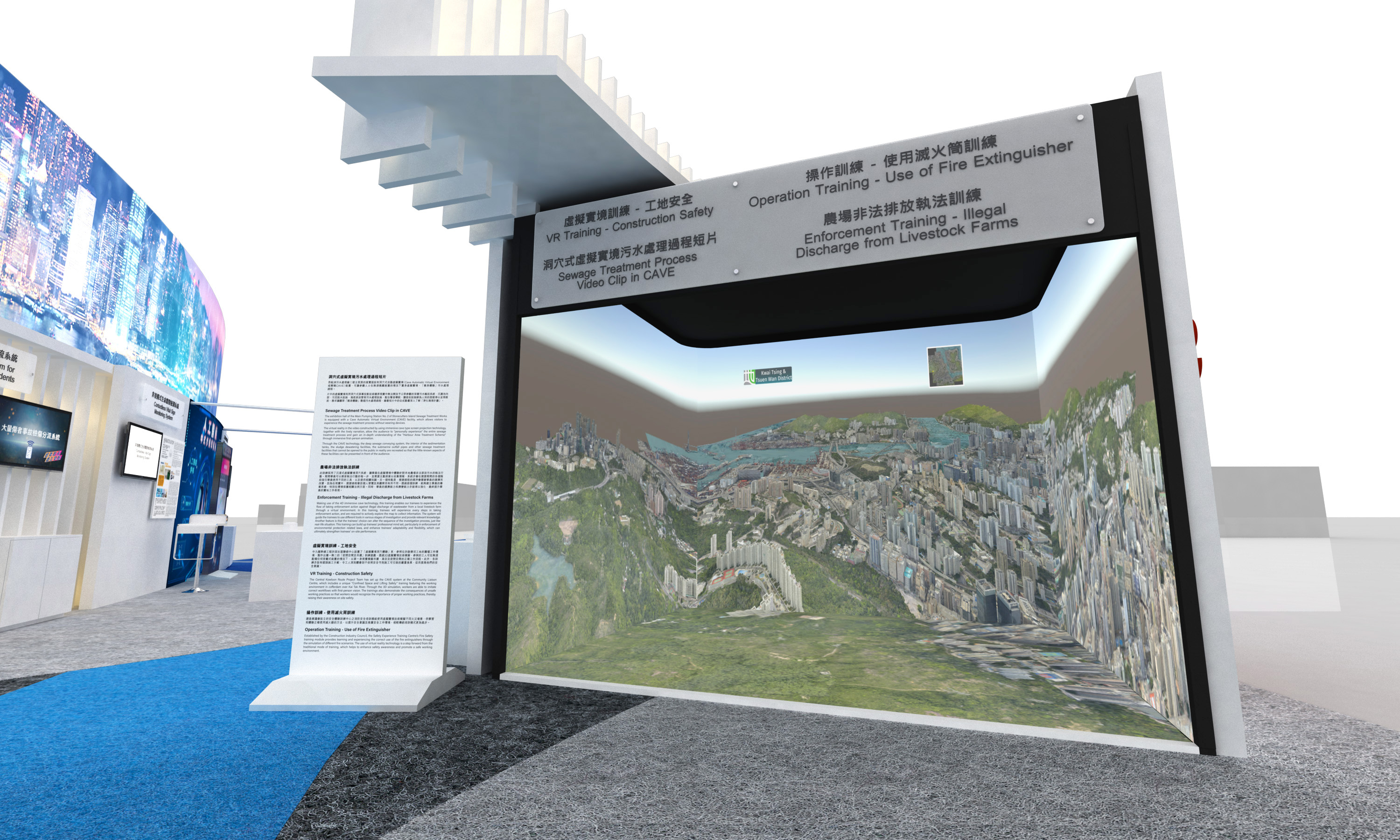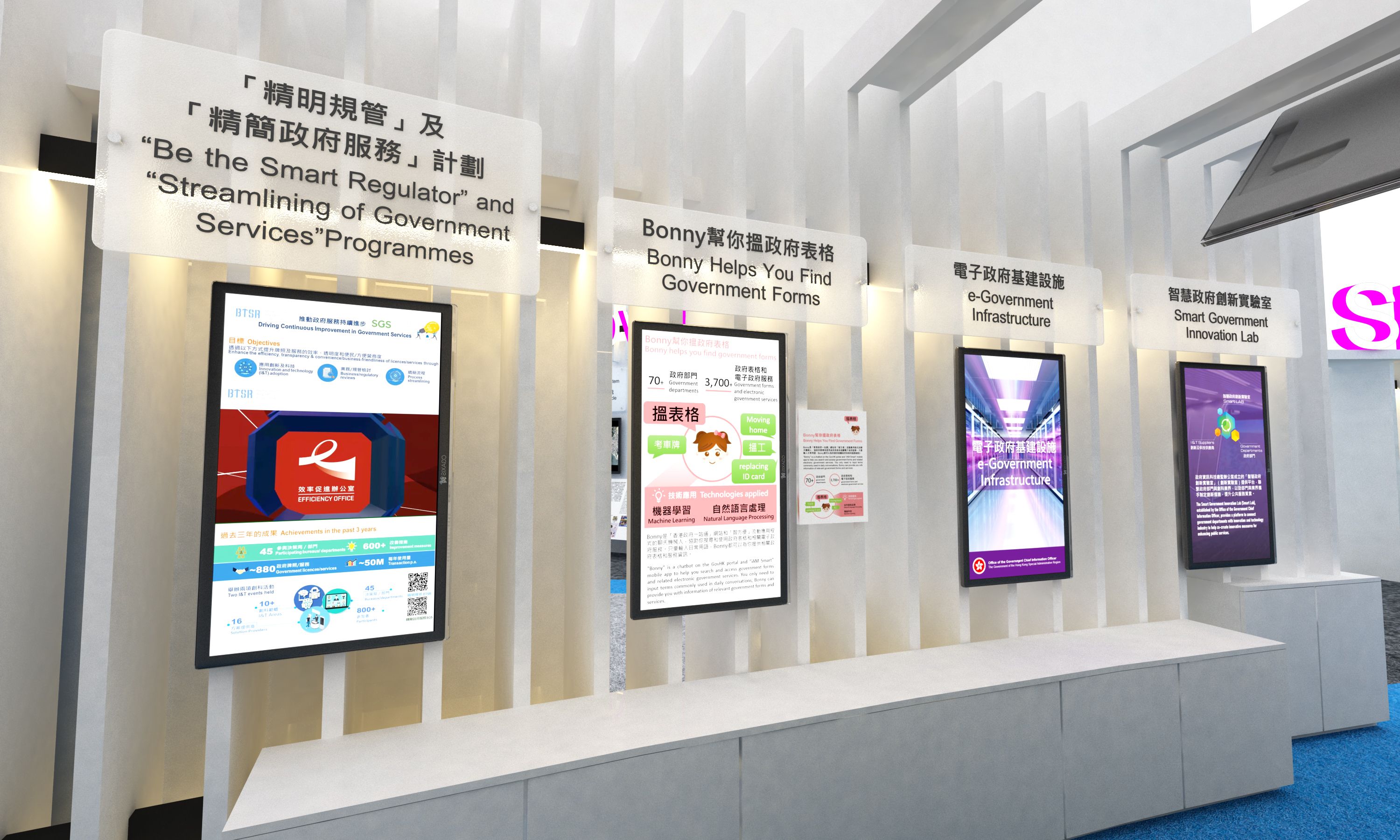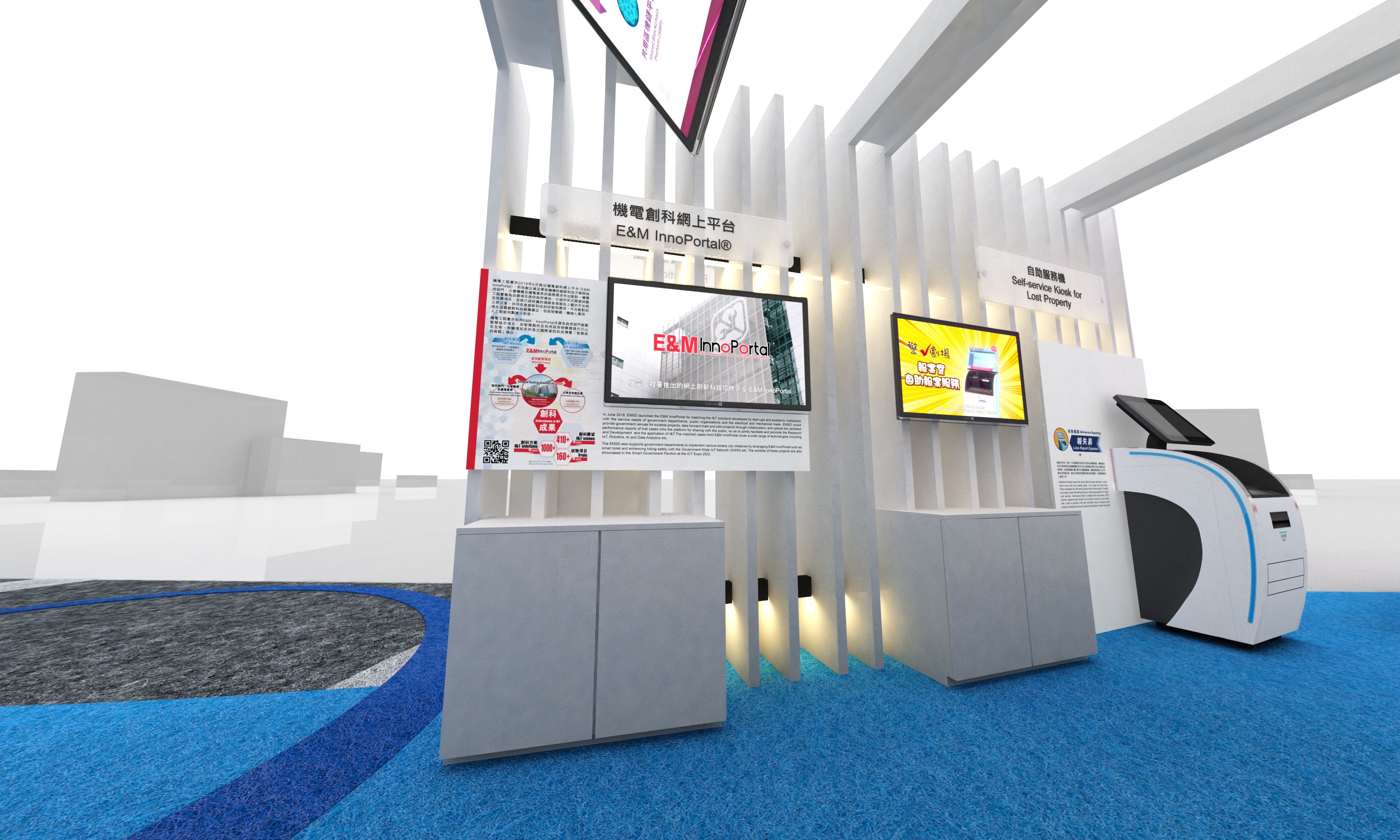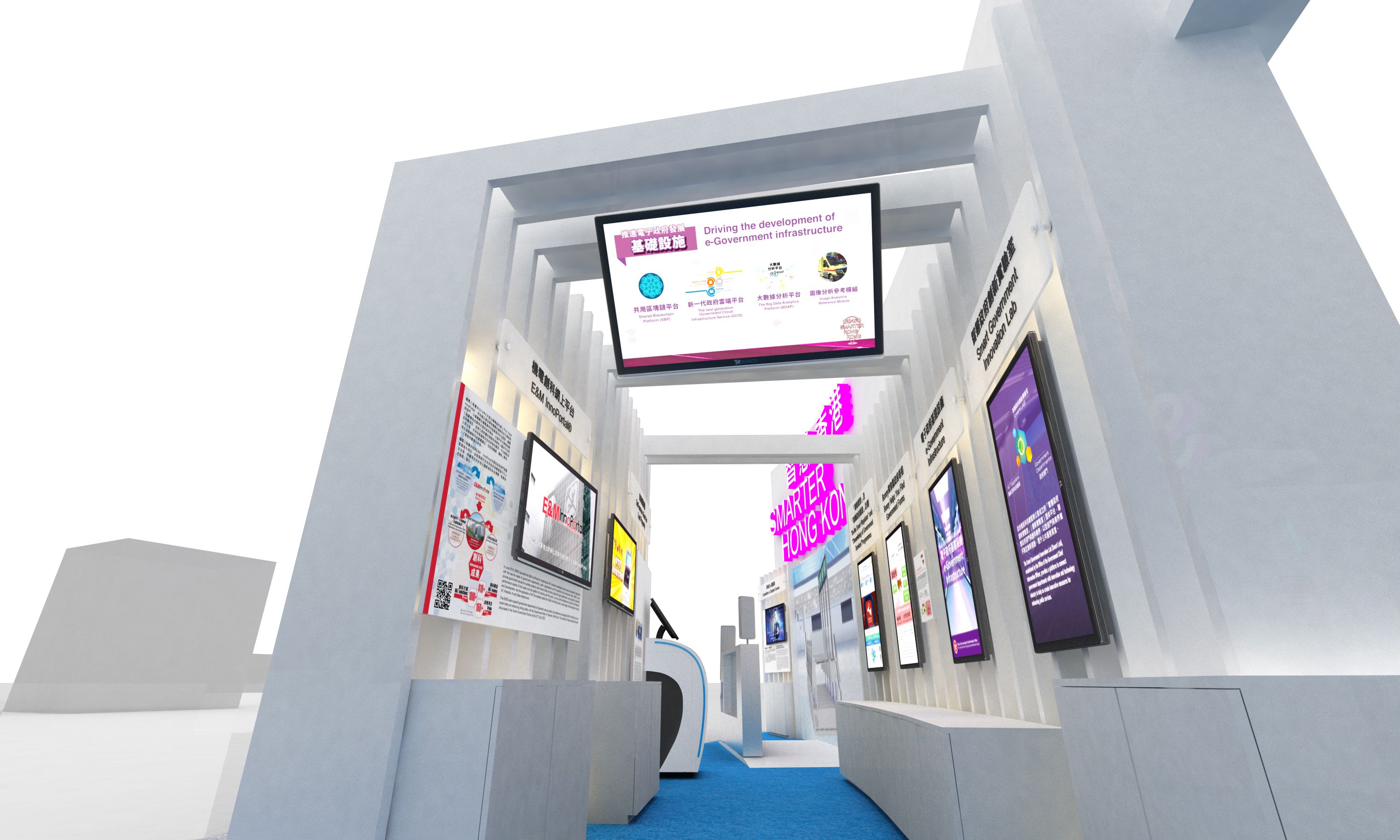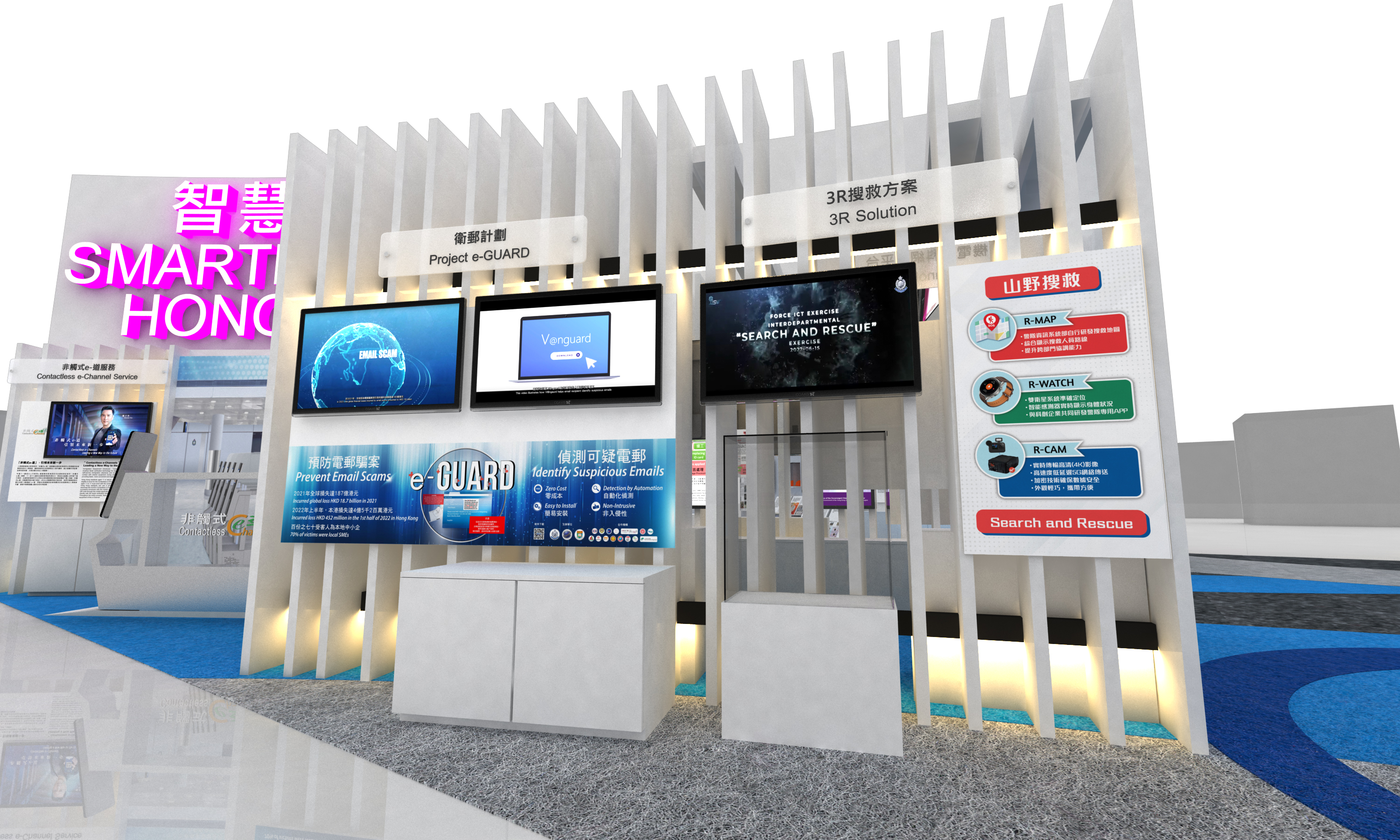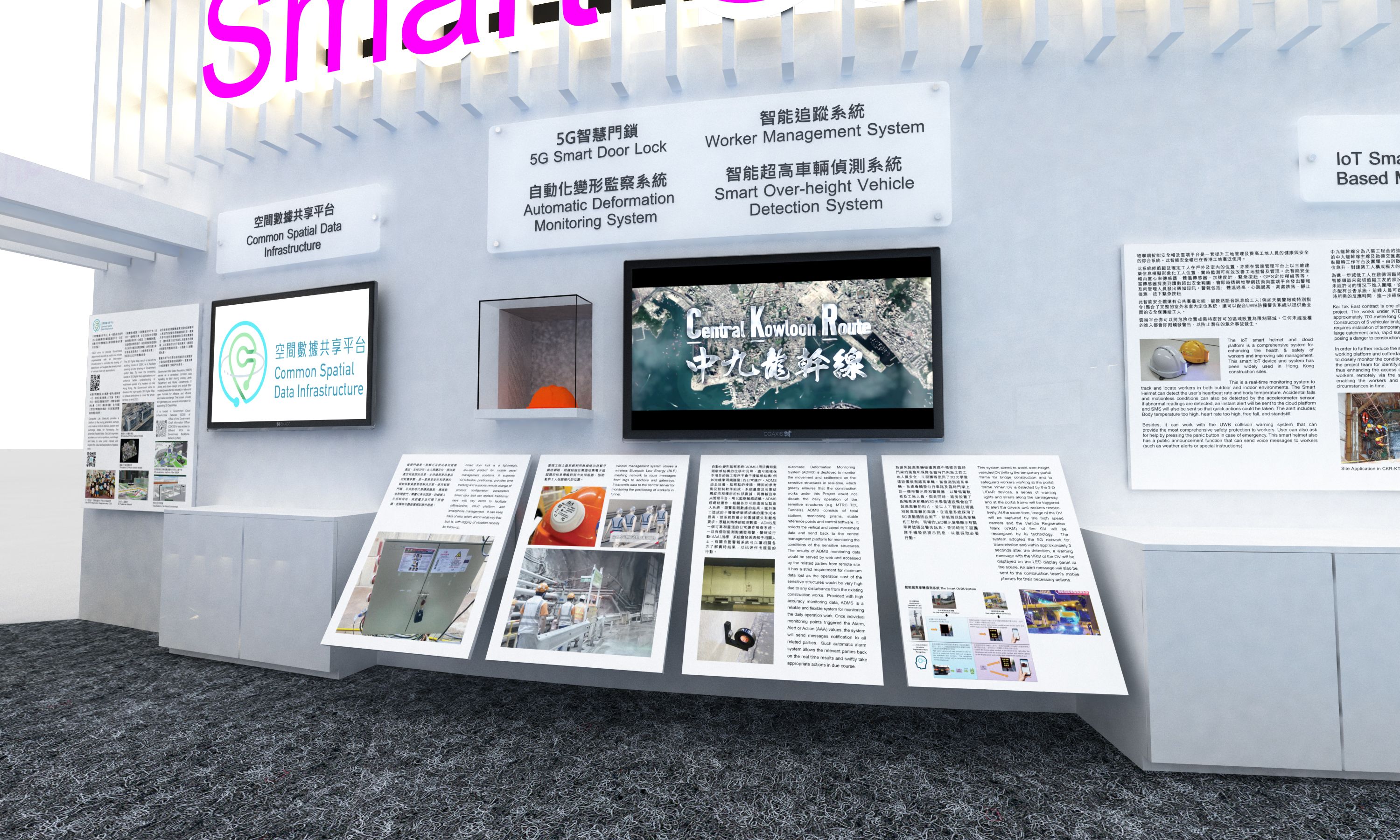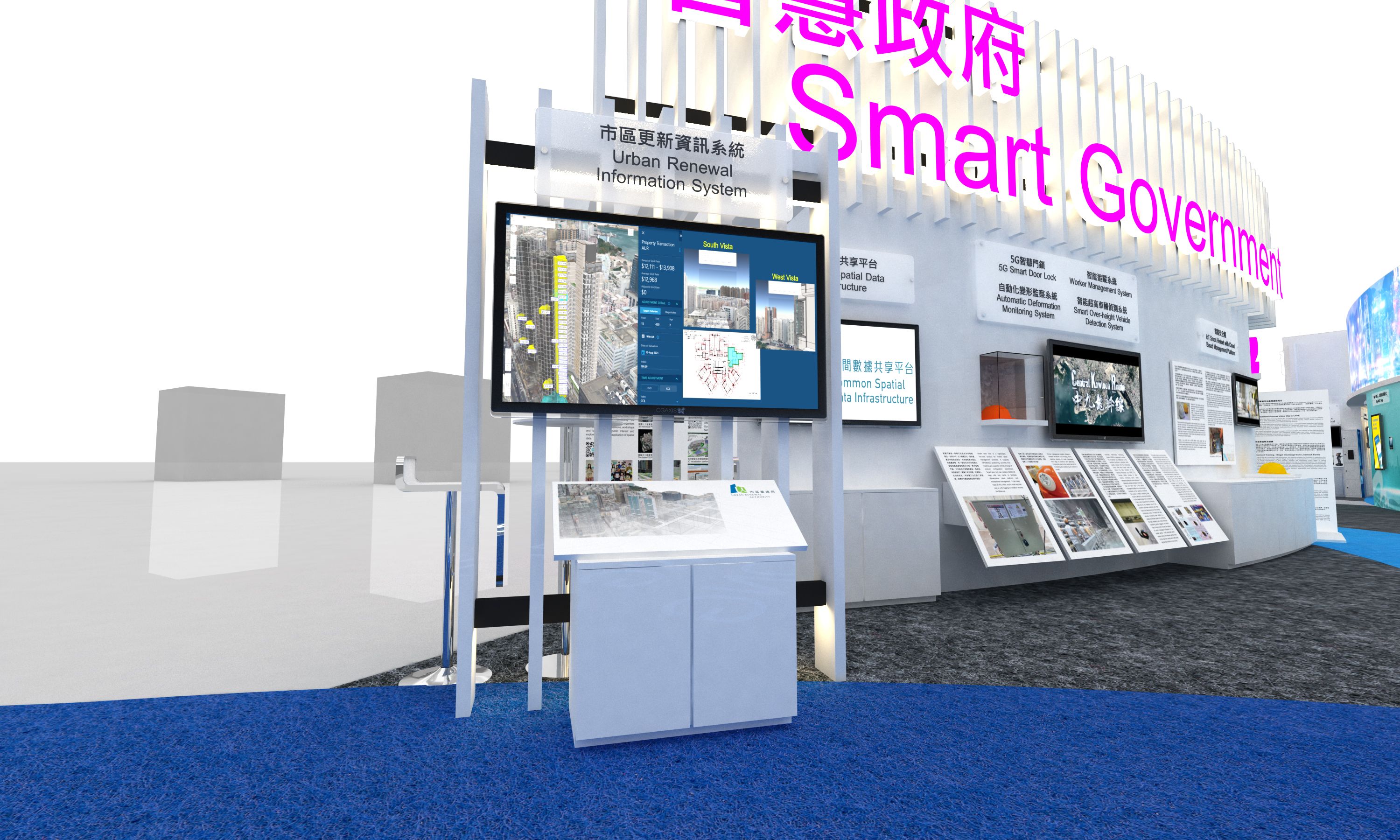Smart Government and Hong Kong Innovation
Smart Government
Patient Tagging System for Multiple Casualties IncidentsSelf-service Kiosk for Lost PropertyProject e-GUARD
3R SolutionContactless Vital Sign Monitoring SystemAI Chinese-style Foot Drill Learning StationContactless e-Channel Servicee-Government Infrastructure
“Be the Smart Regulator” and “Streamlining of Government Services” Programmes
Bonny Helps You Find Government Forms
Smart Government Innovation LabE&M InnoPortal®Driving the development of e-Government infrastructure
3R SolutionContactless Vital Sign Monitoring SystemAI Chinese-style Foot Drill Learning StationContactless e-Channel Servicee-Government Infrastructure
“Be the Smart Regulator” and “Streamlining of Government Services” Programmes
Bonny Helps You Find Government Forms
Smart Government Innovation LabE&M InnoPortal®Driving the development of e-Government infrastructure
Smart Airport

Smart Government
Smart Environment
Smart Village

Only Chinese version is available for this video. Please click “Continue” for the Chinese version.
Continue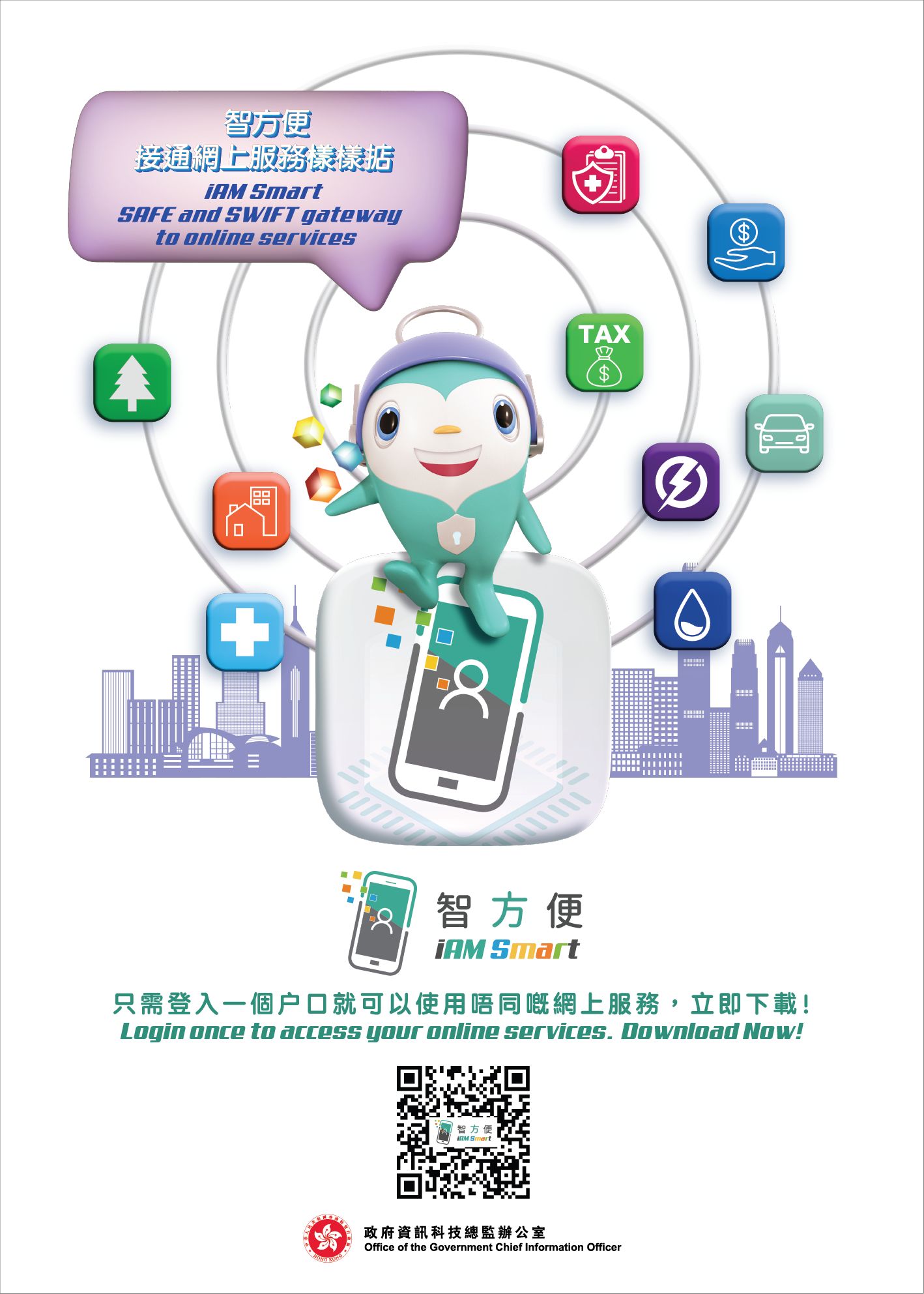
Only Chinese version is available for this video. Please click “Continue” for the Chinese version.
Continue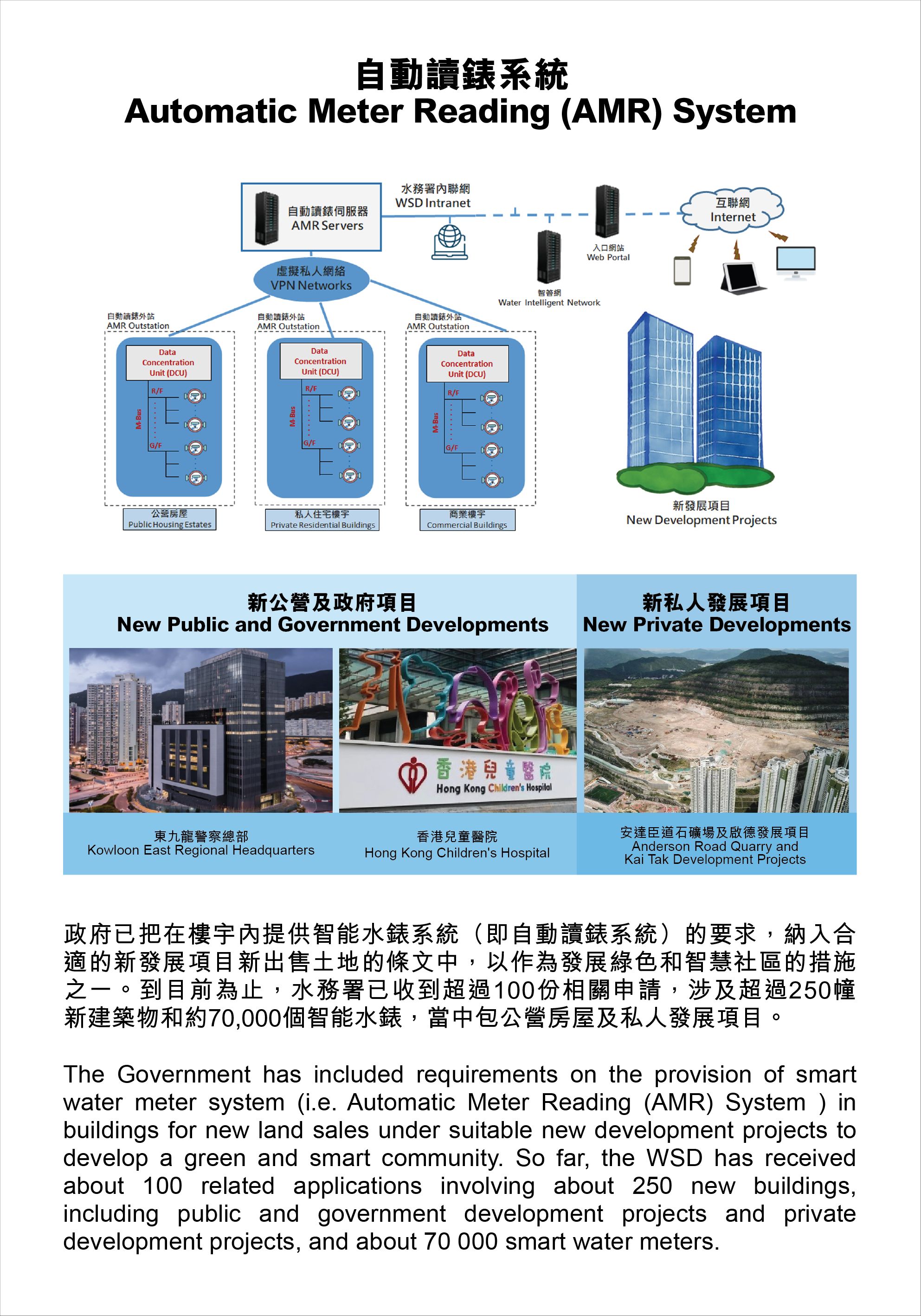
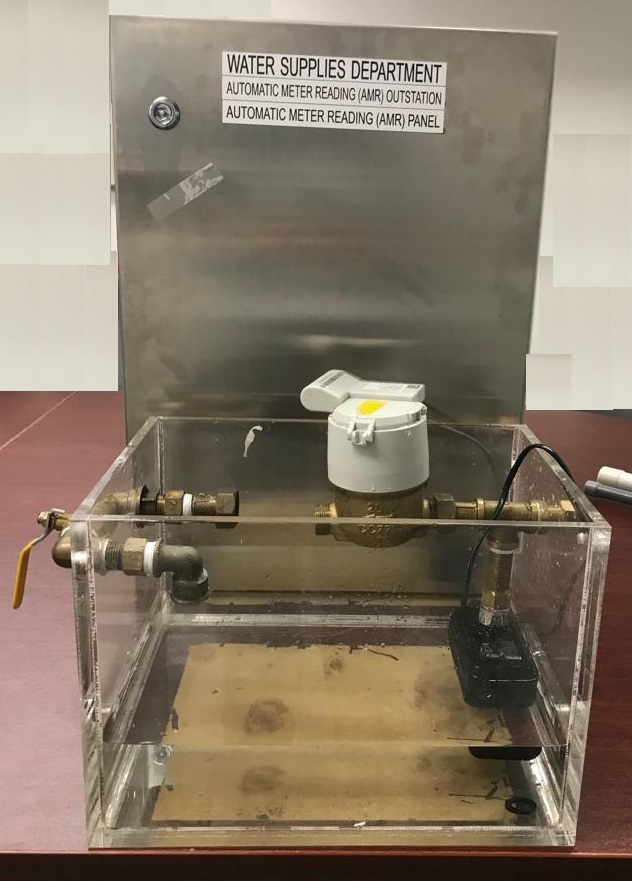
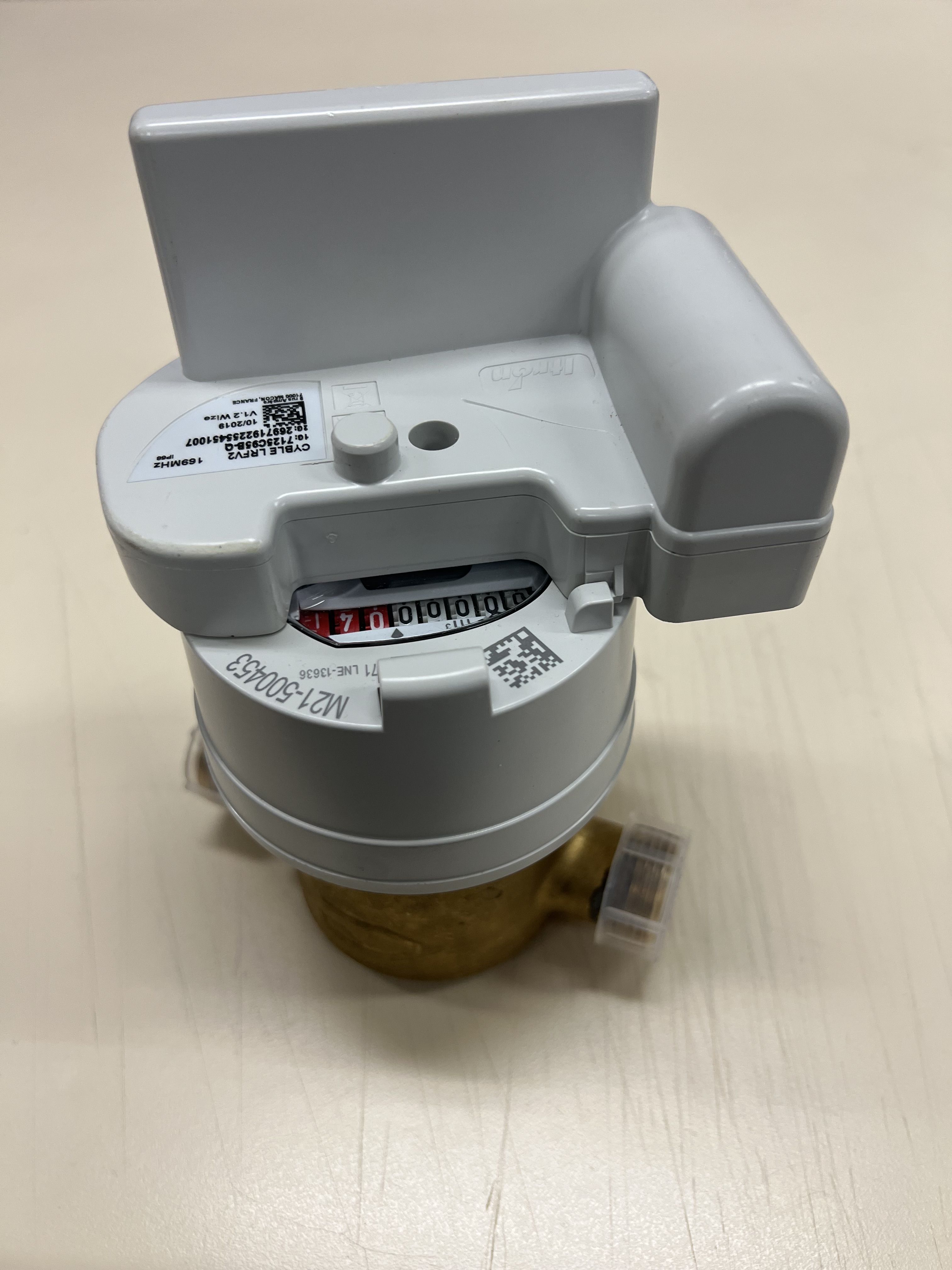
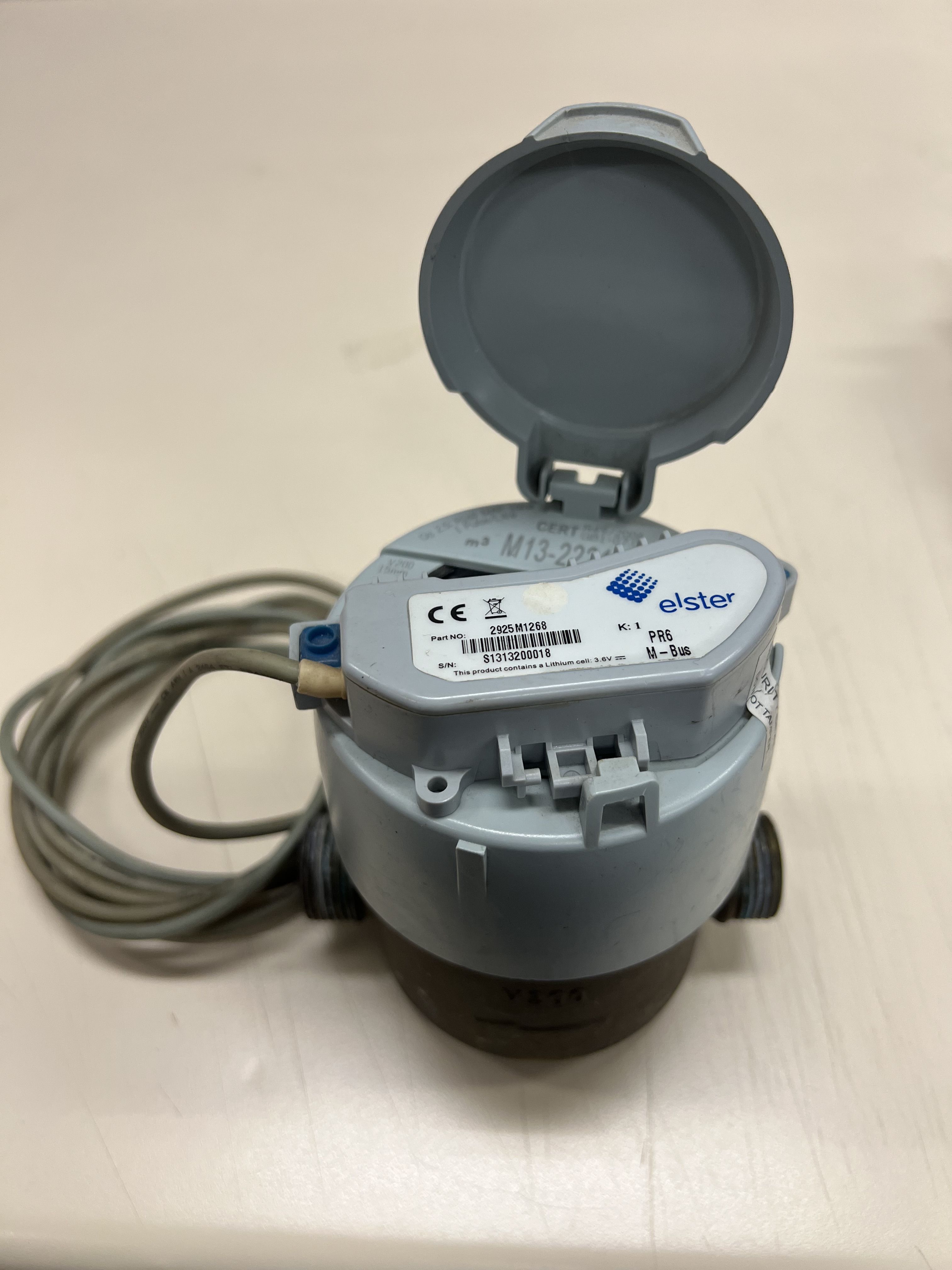
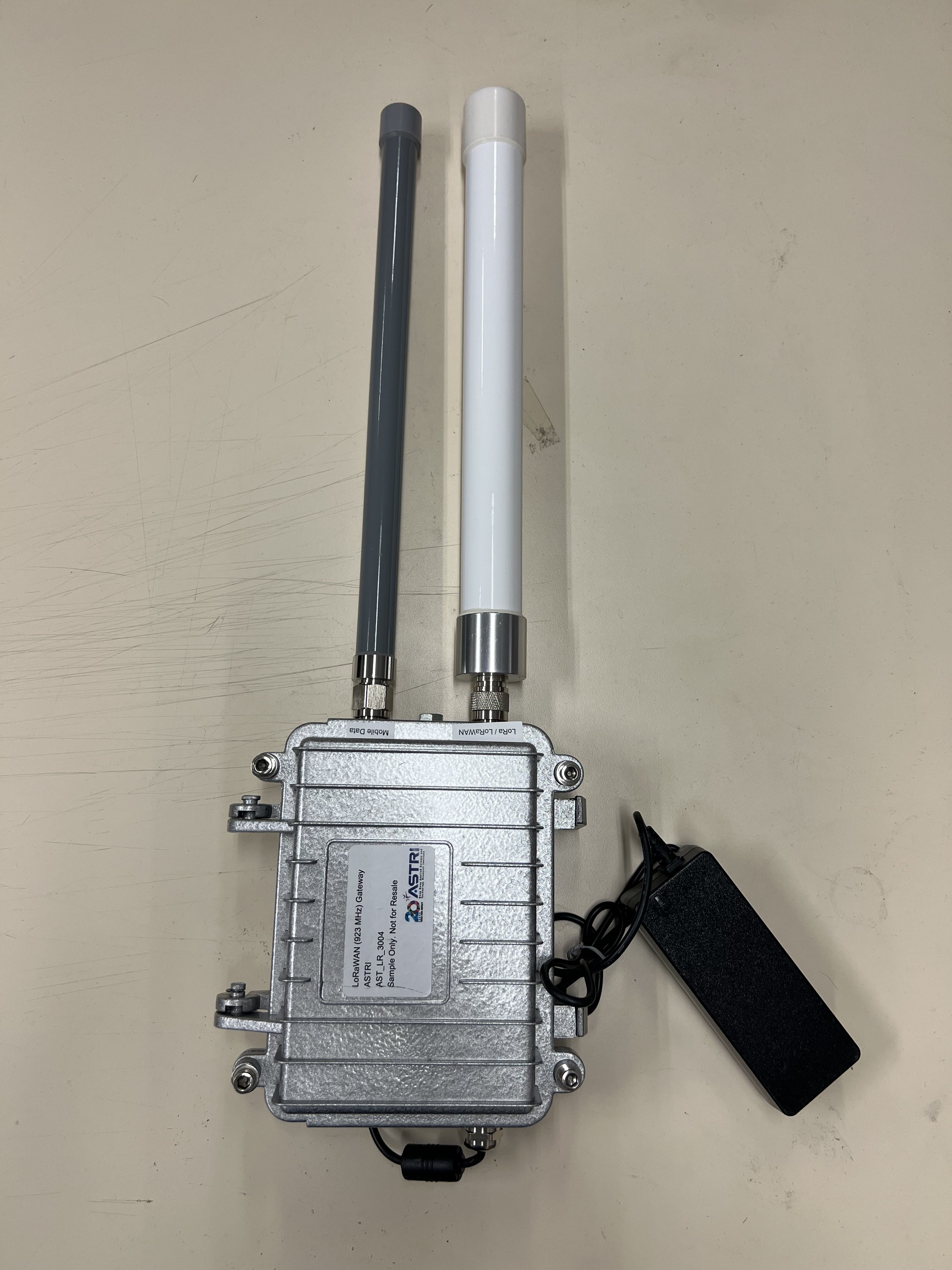
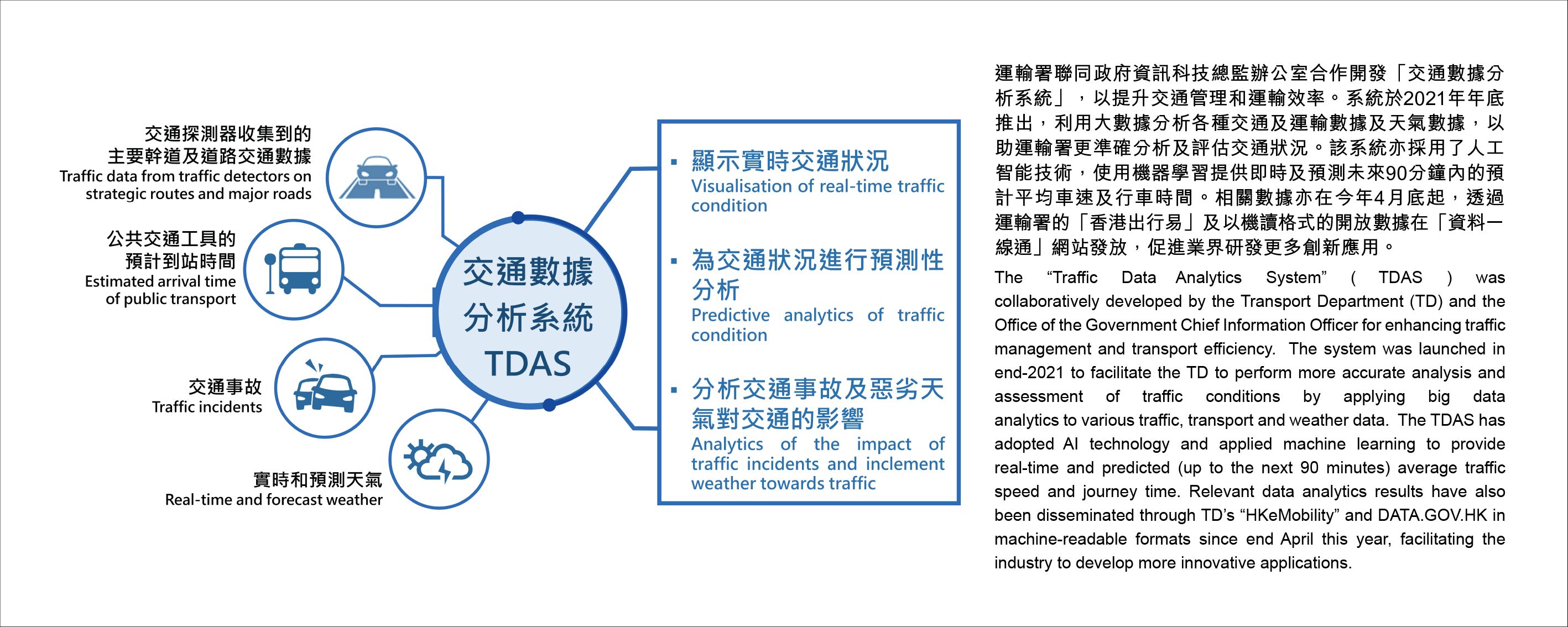
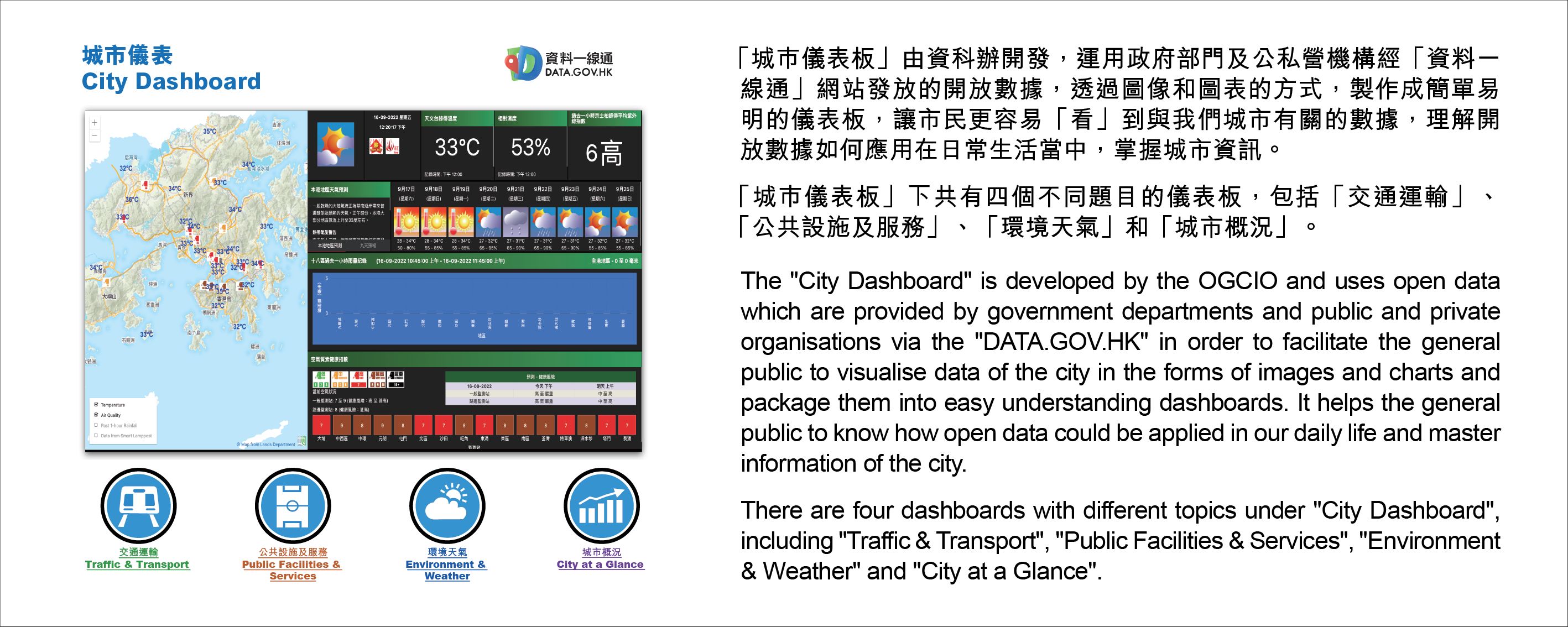
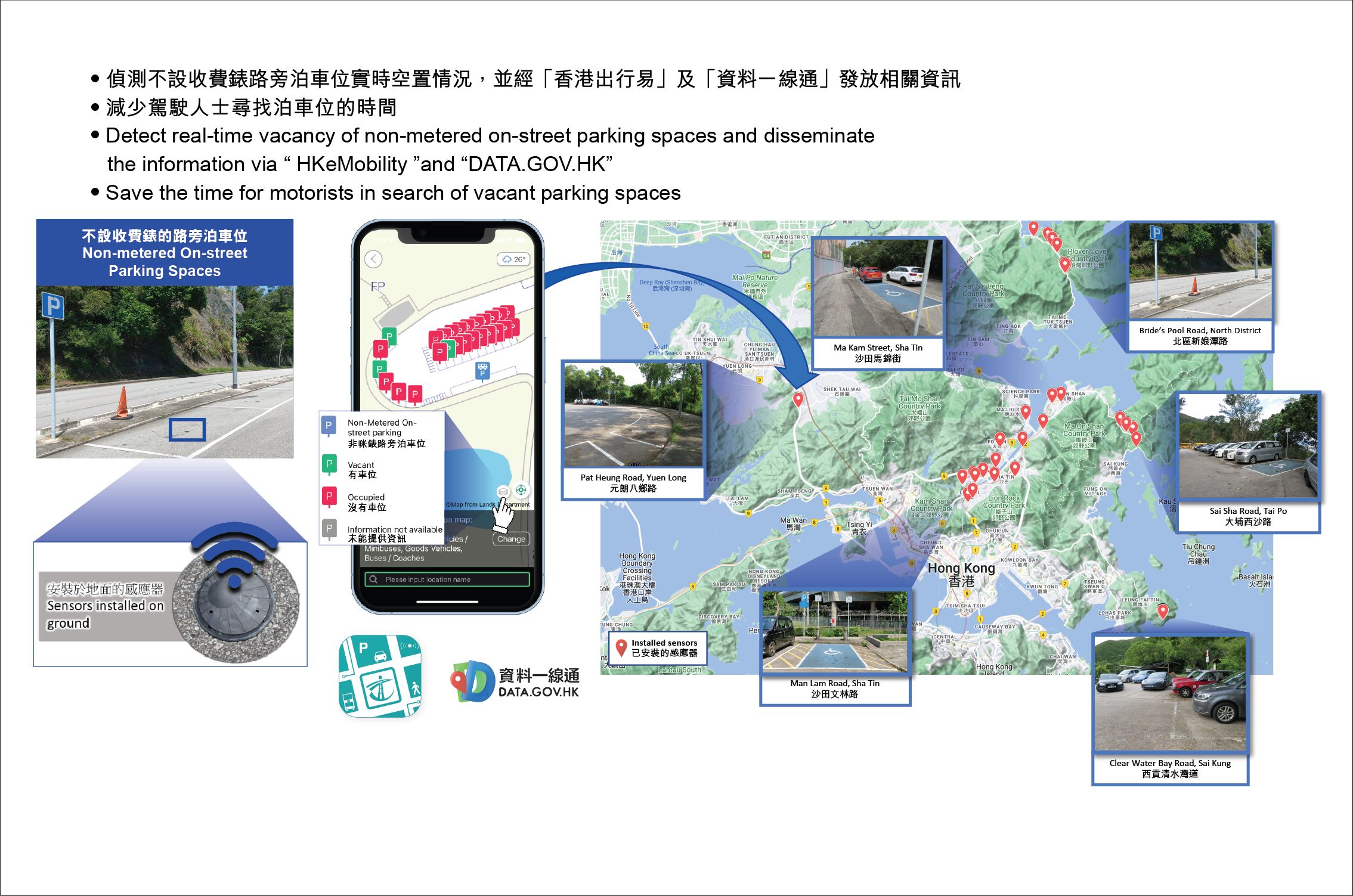
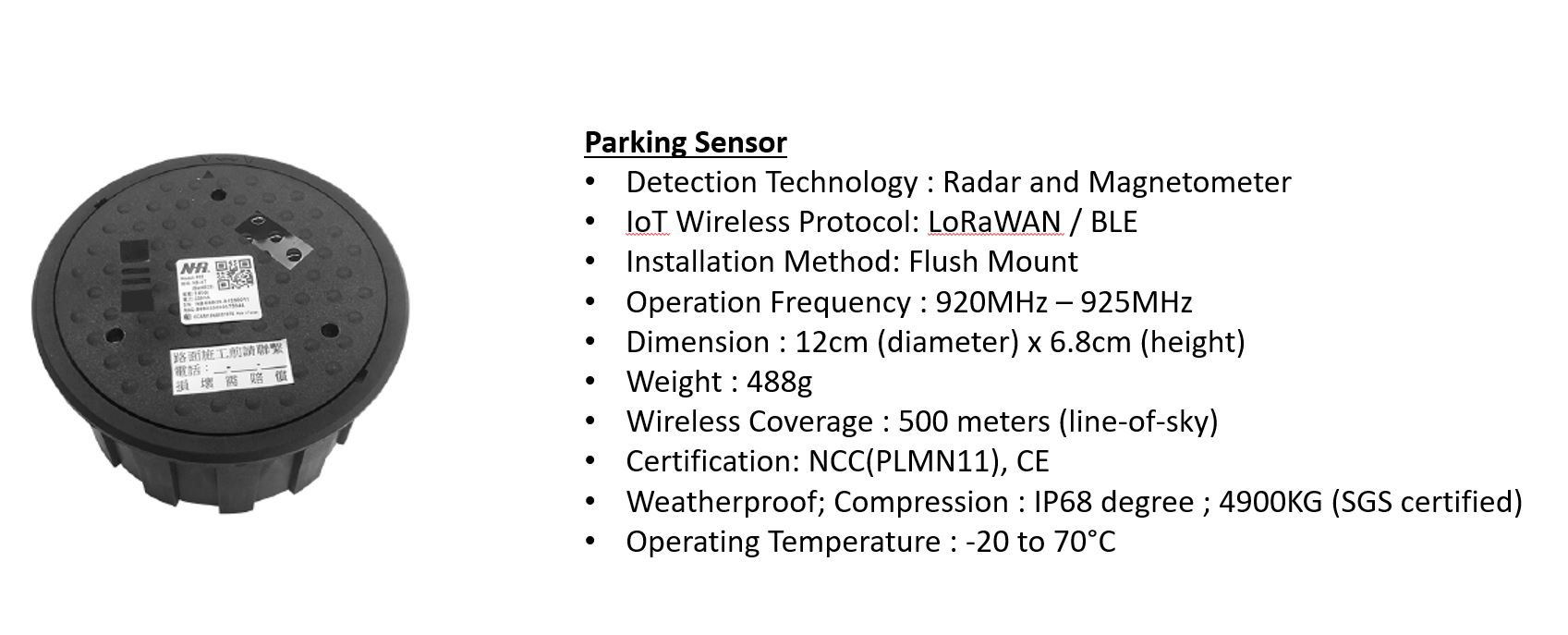
Only Chinese version is available for this video. Please click “Continue” for the Chinese version.
Continue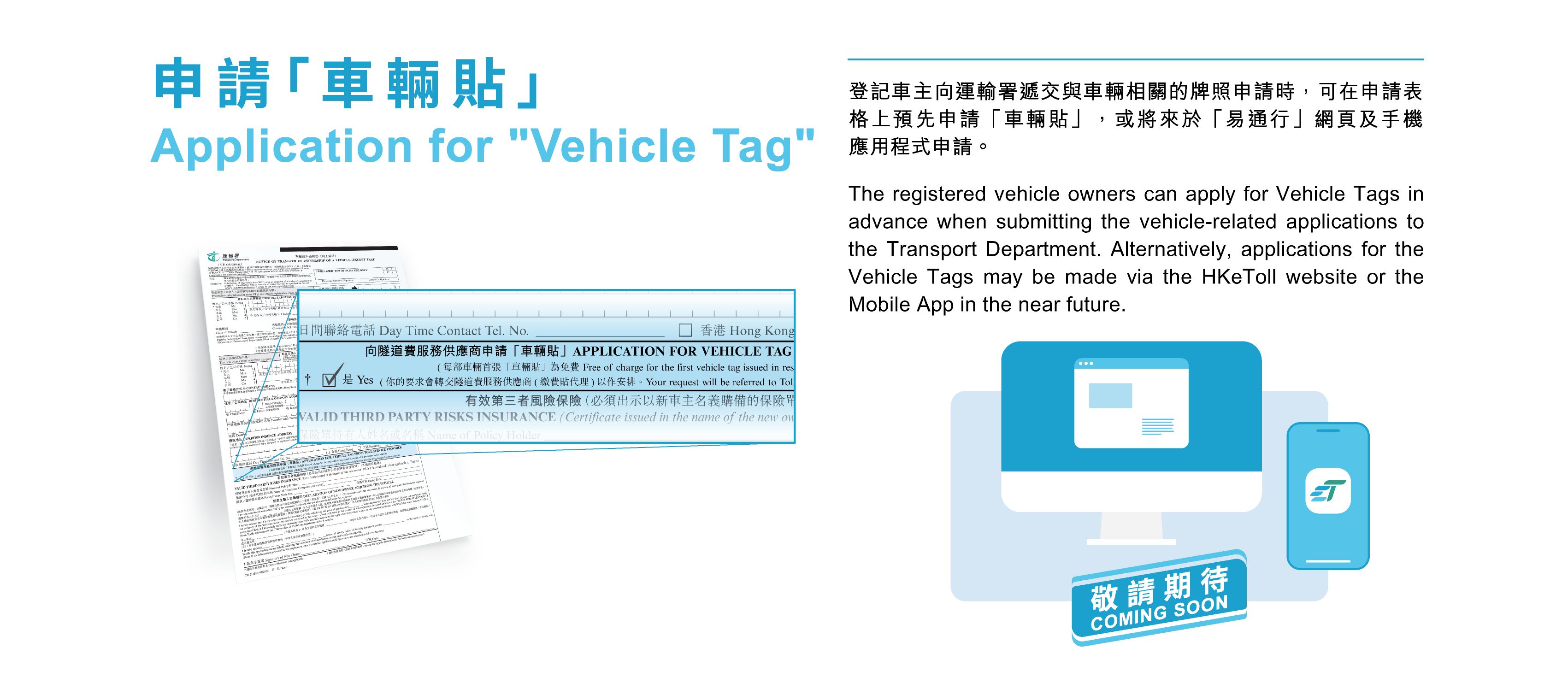
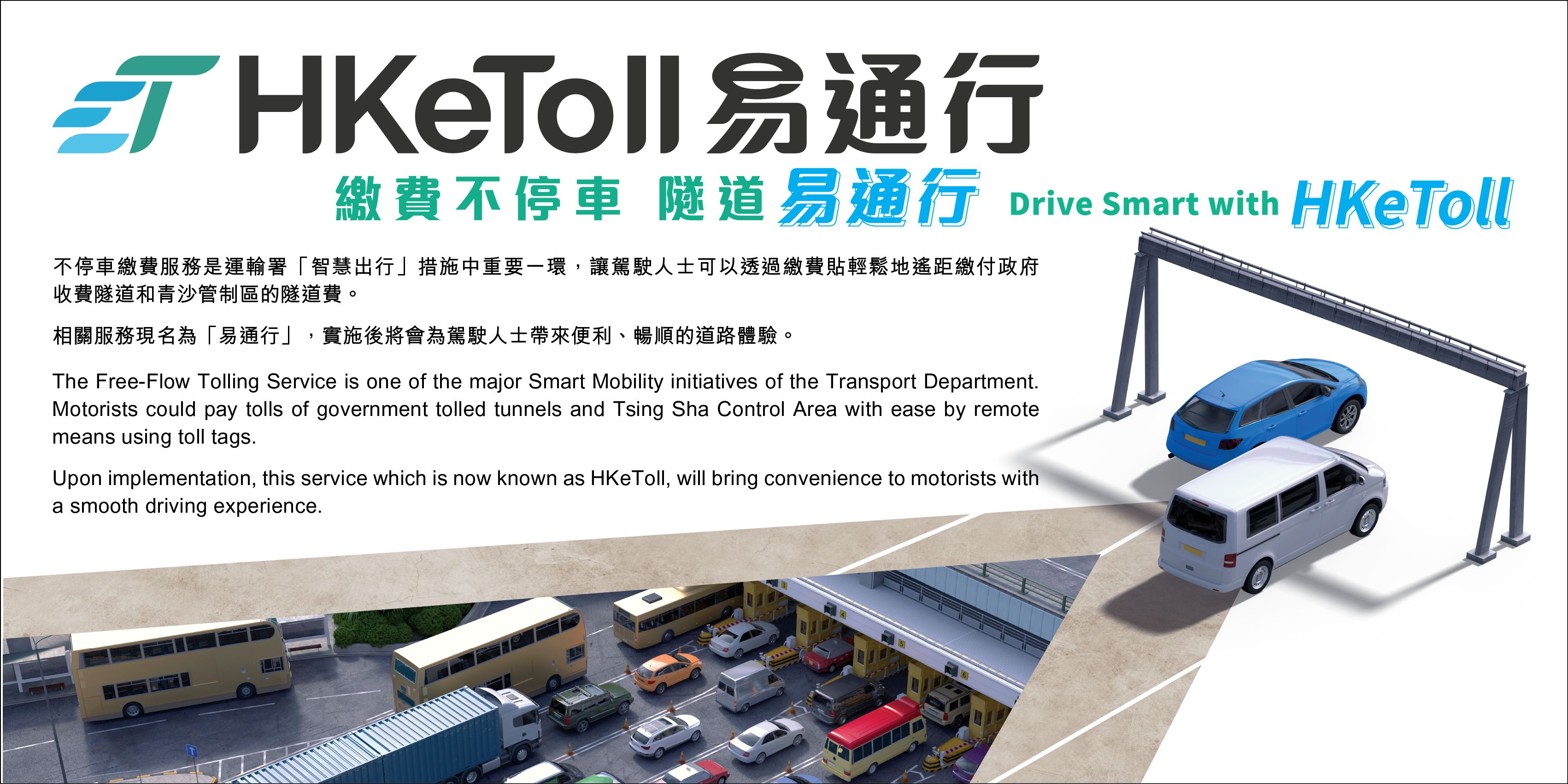
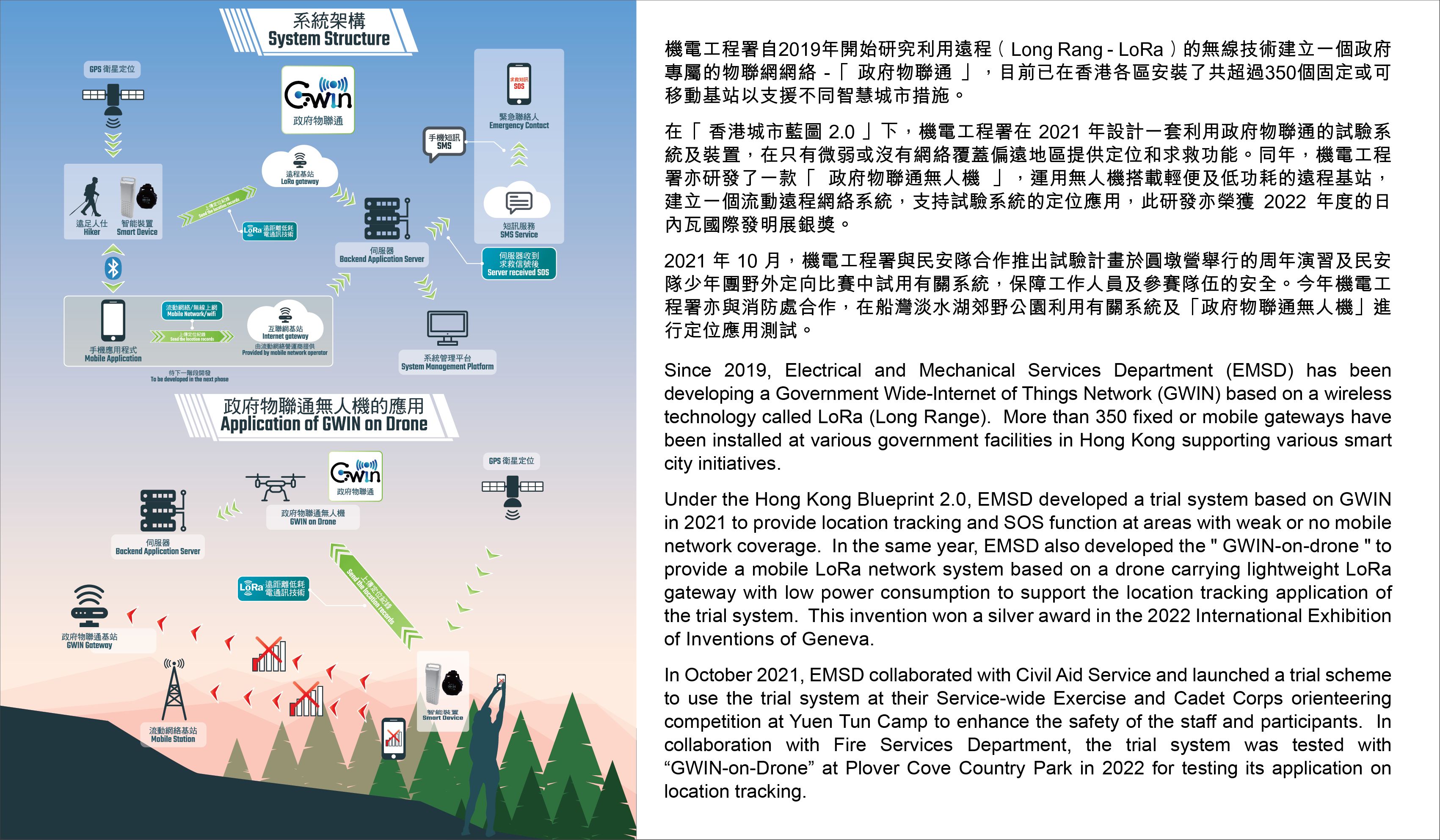
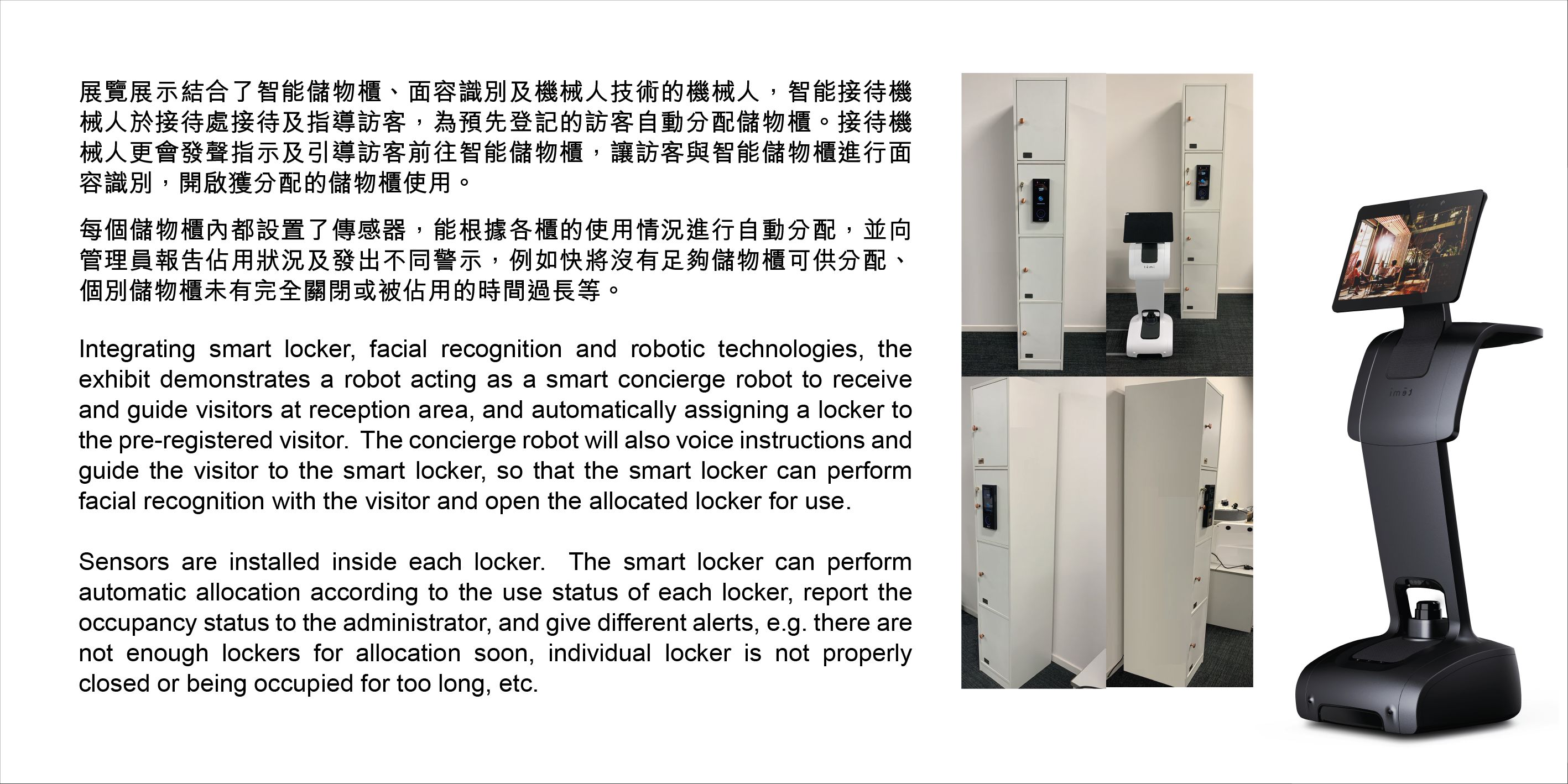
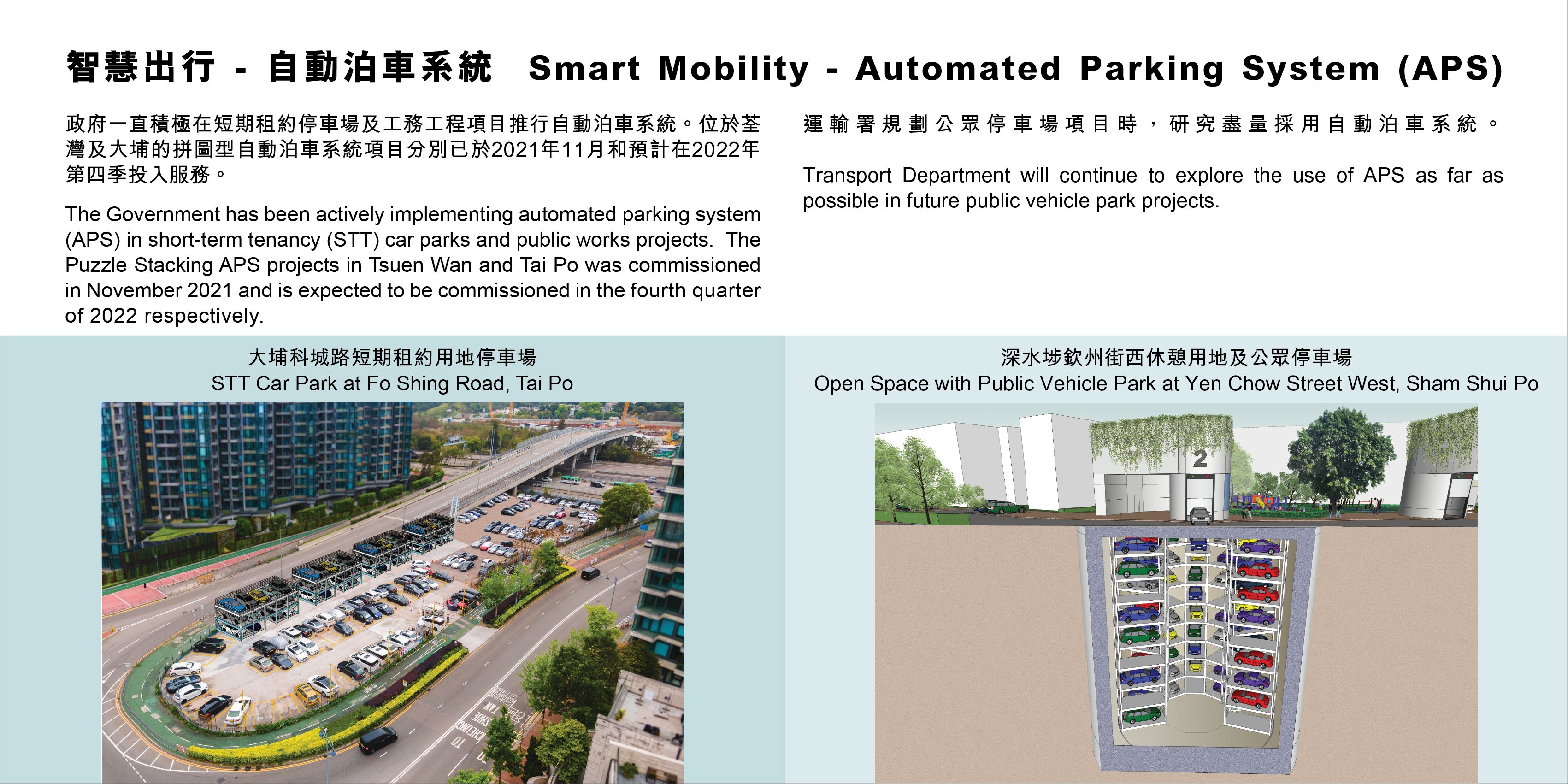
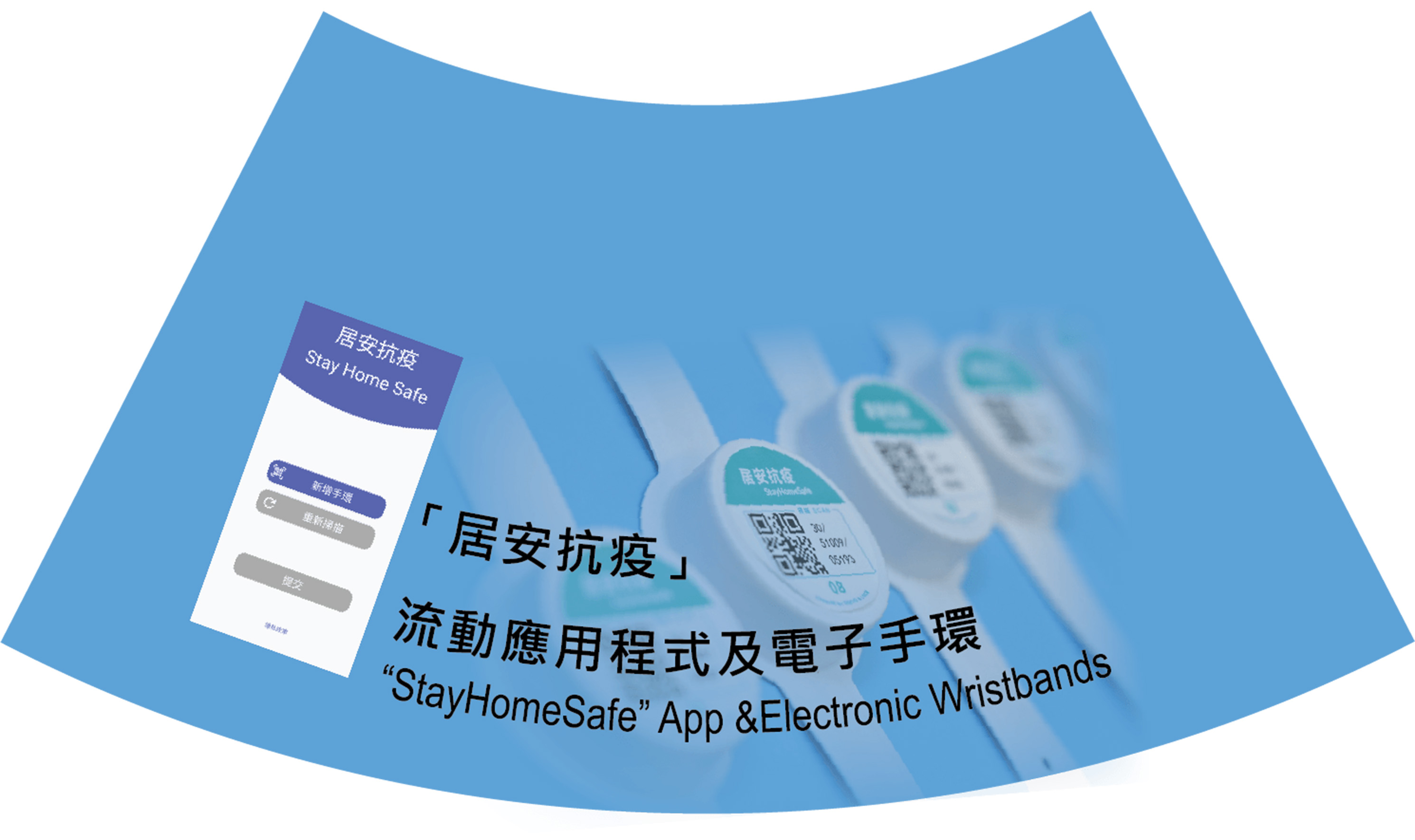
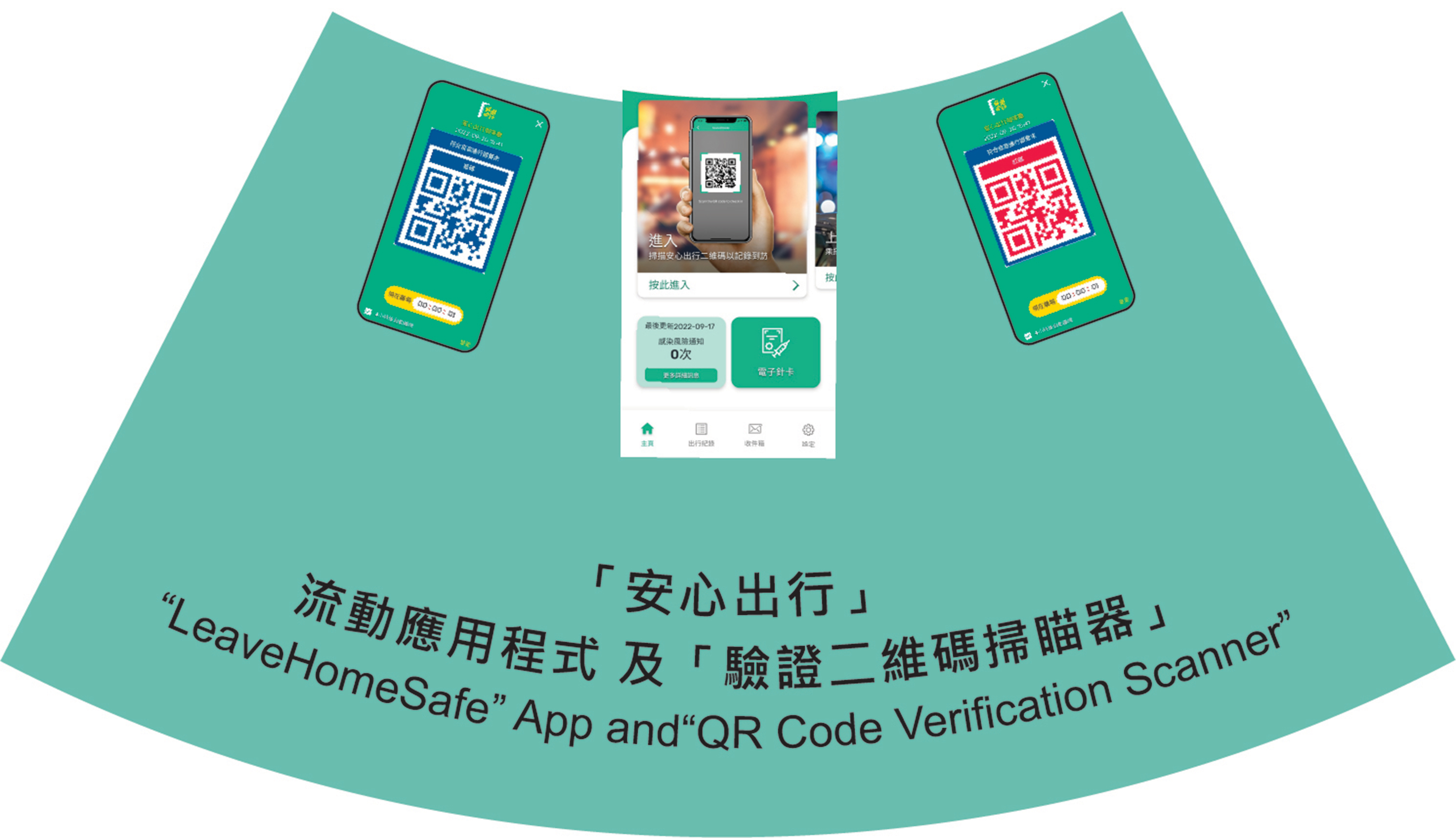



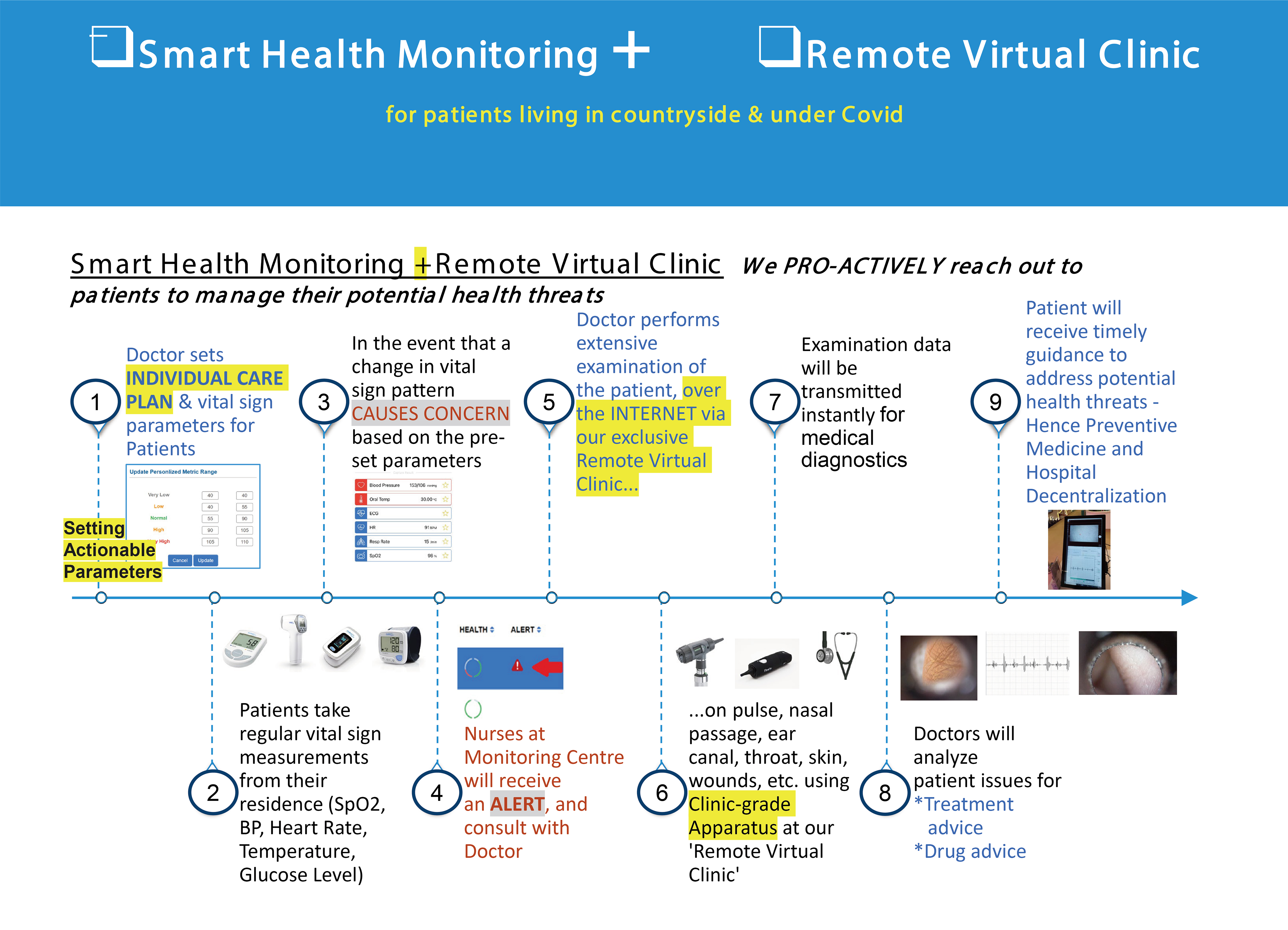
Only Chinese version is available for this video. Please click “Continue” for the Chinese version.
ContinueOnly Chinese version is available for this video. Please click “Continue” for the Chinese version.
Continue

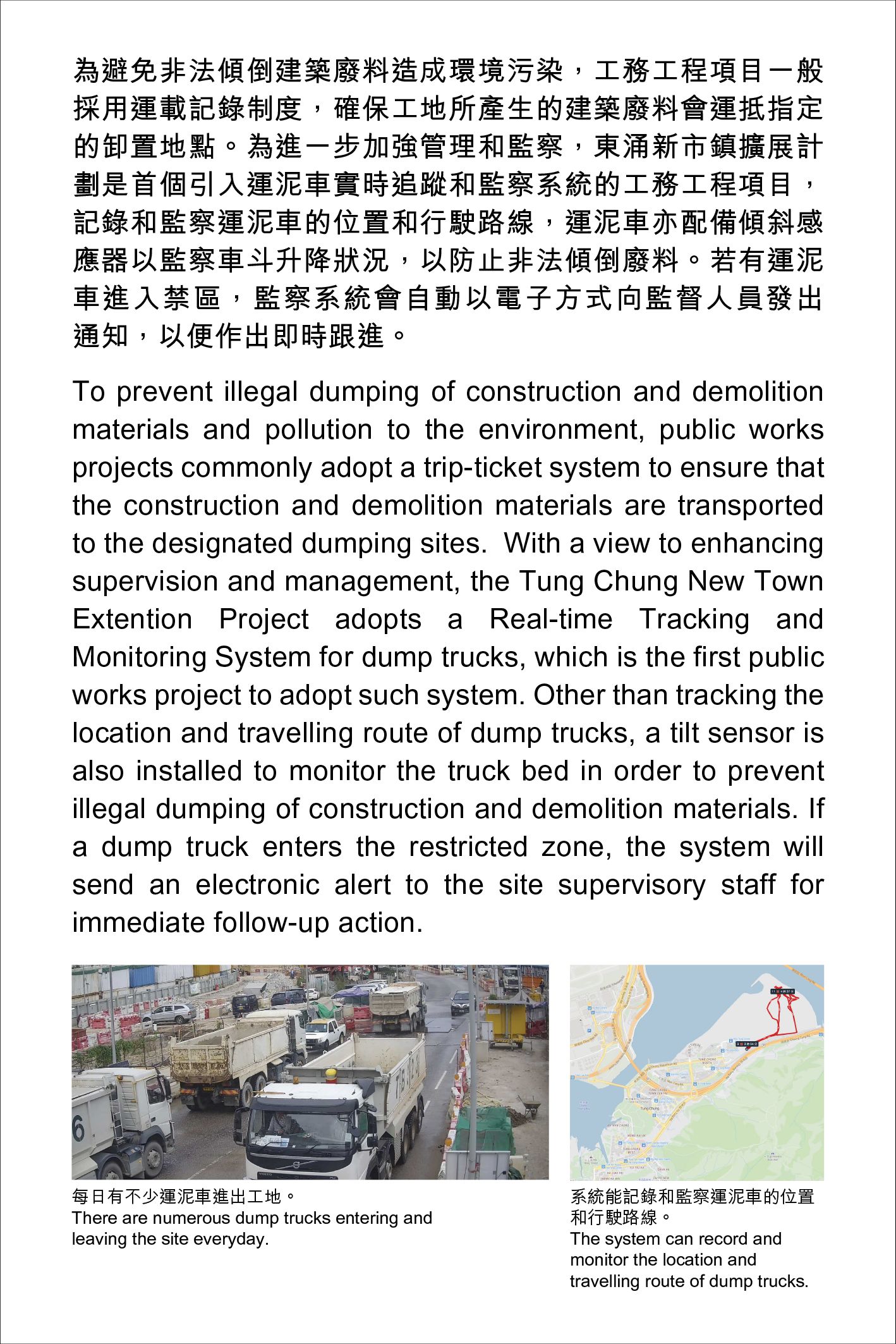
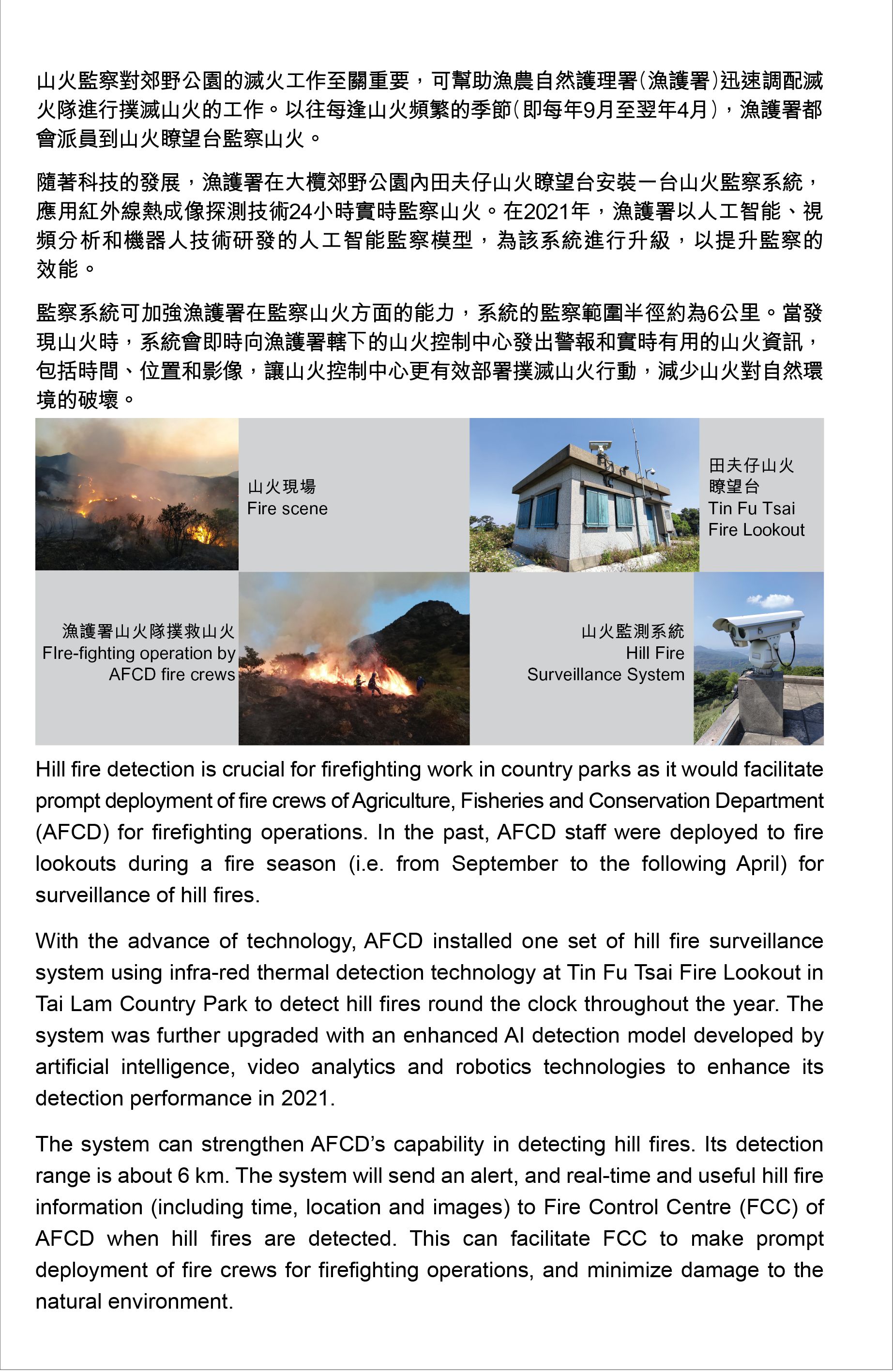
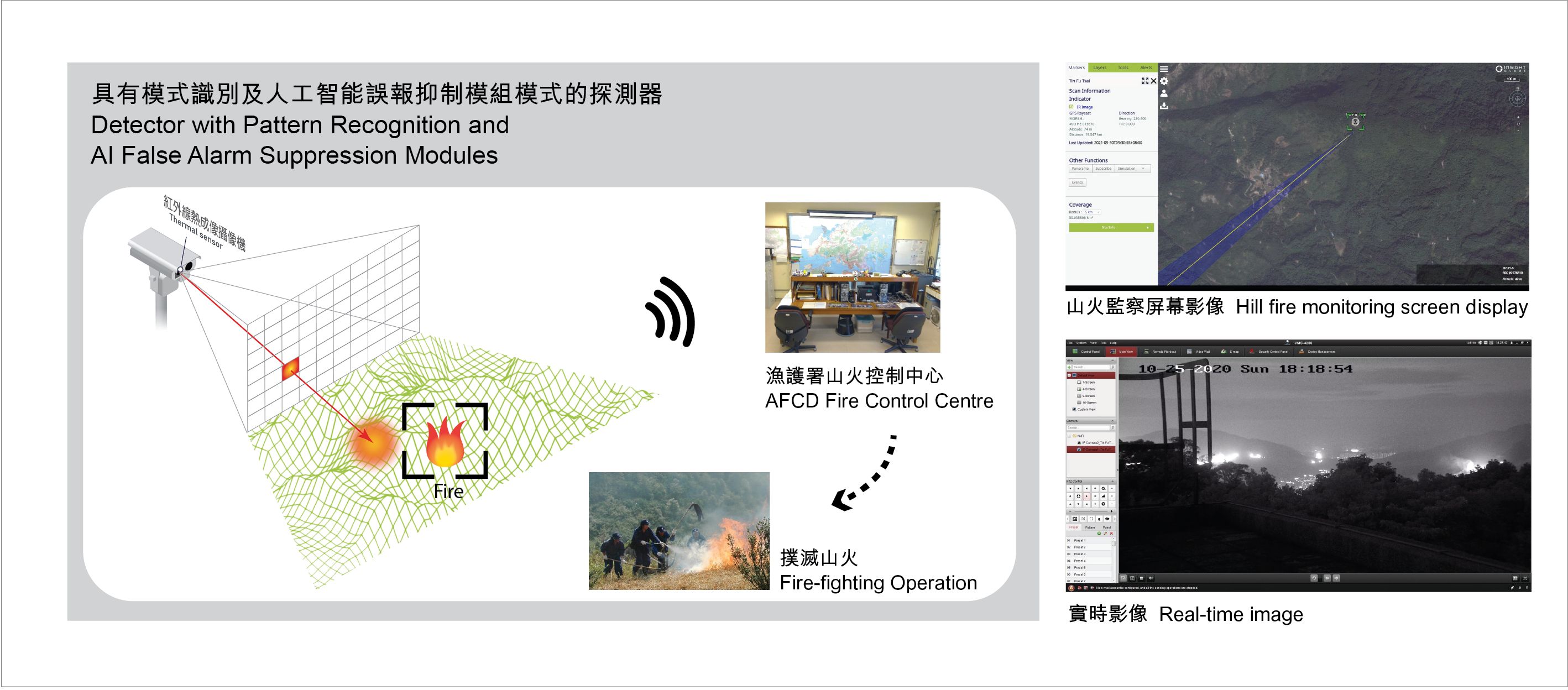
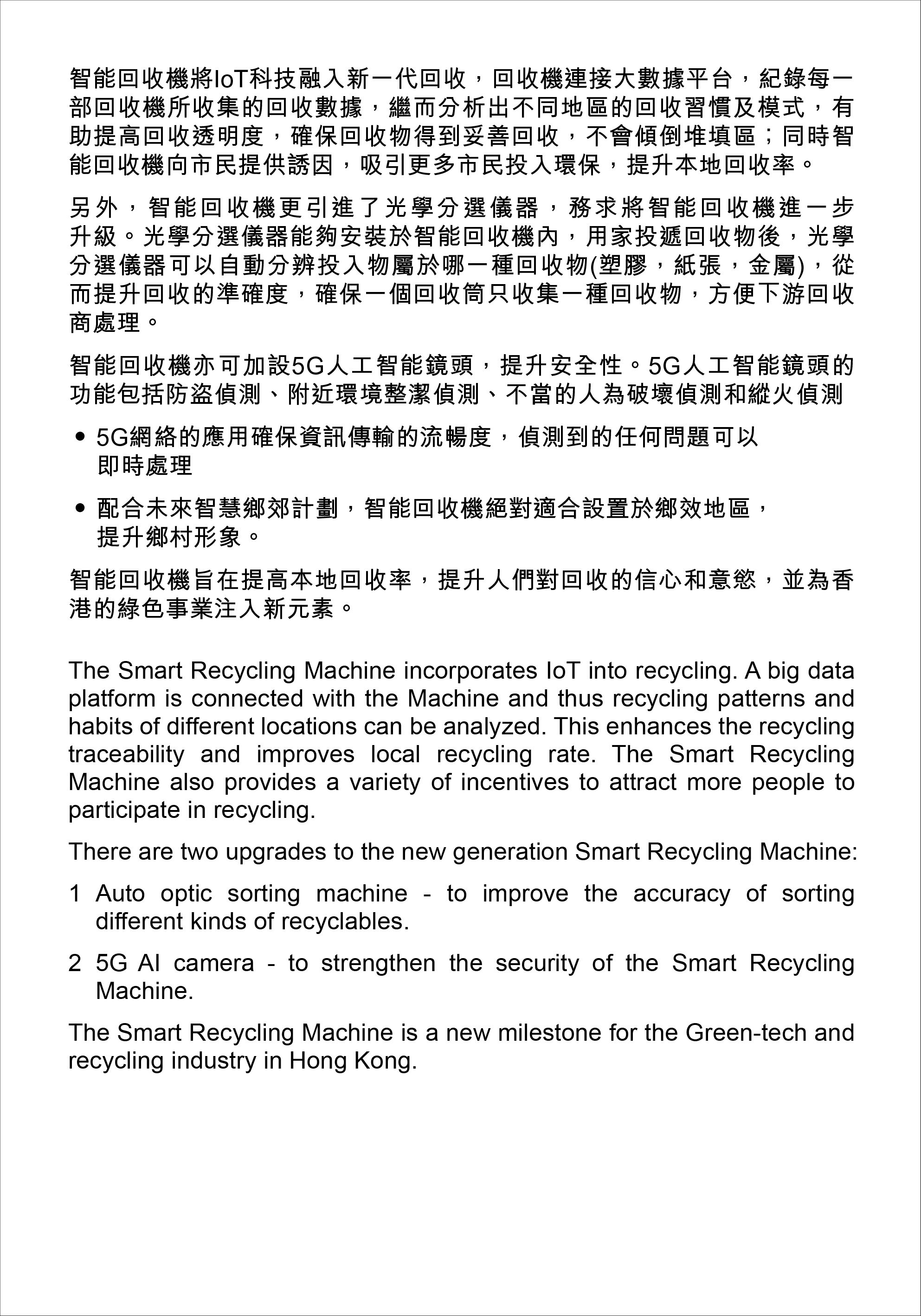
Only Chinese version is available for this video. Please click “Continue” for the Chinese version.
Continue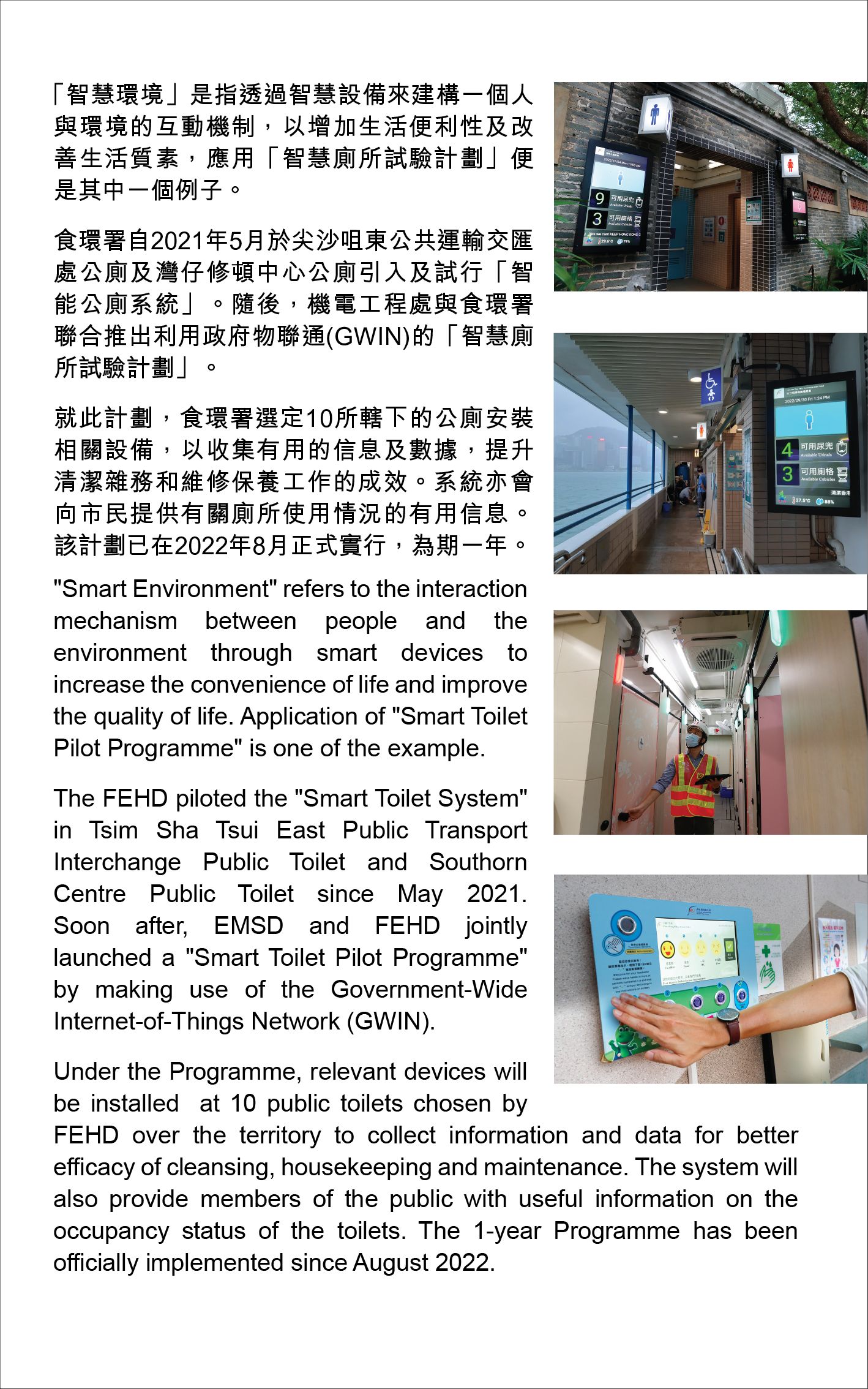
Only Chinese version is available for this video. Please click “Continue” for the Chinese version.
ContinueOnly Chinese version is available for this video. Please click “Continue” for the Chinese version.
ContinueOnly Chinese version is available for this video. Please click “Continue” for the Chinese version.
ContinueOnly Chinese version is available for this video. Please click “Continue” for the Chinese version.
ContinueOnly Chinese version is available for this video. Please click “Continue” for the Chinese version.
ContinueOnly Chinese version is available for this video. Please click “Continue” for the Chinese version.
Continue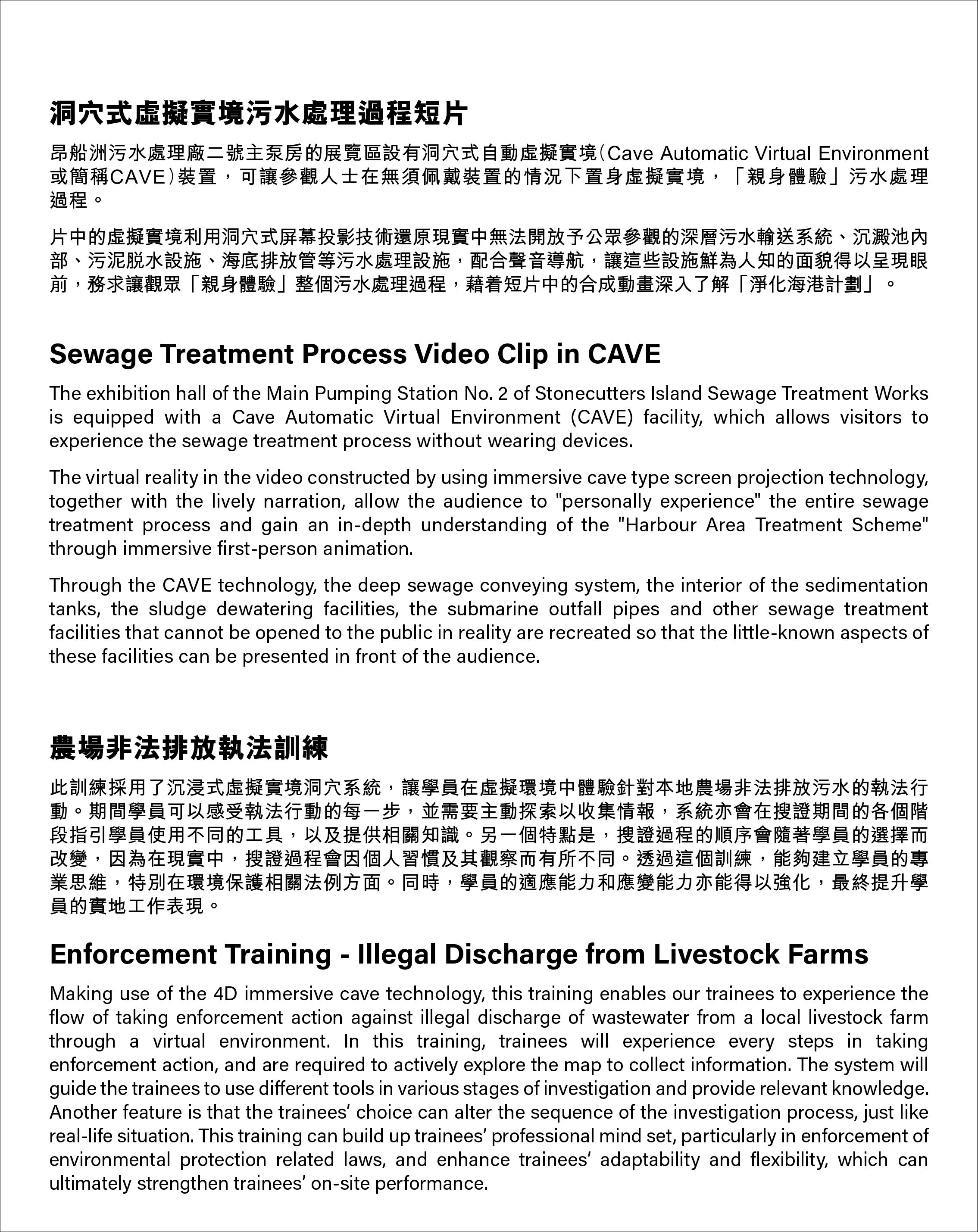
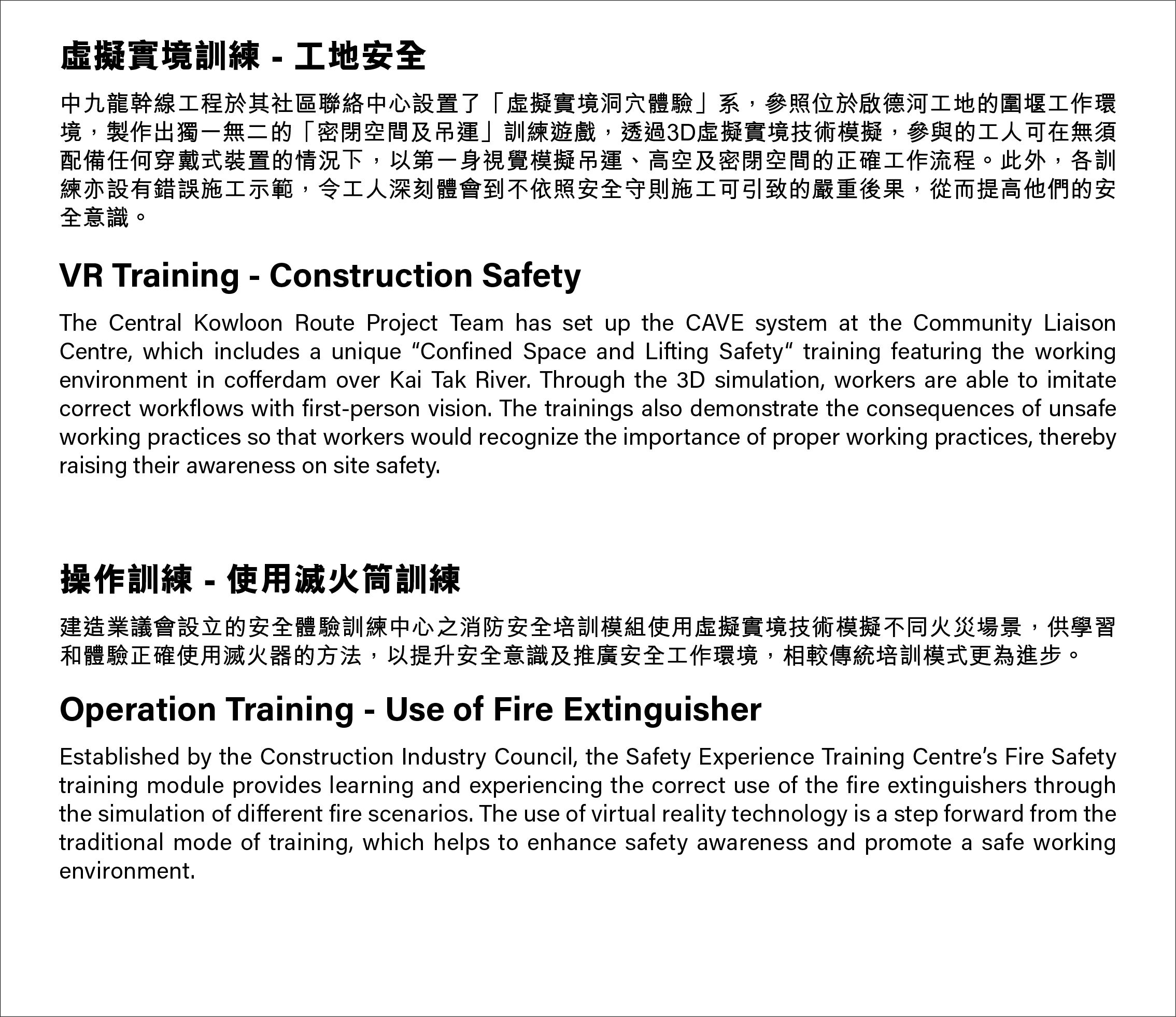
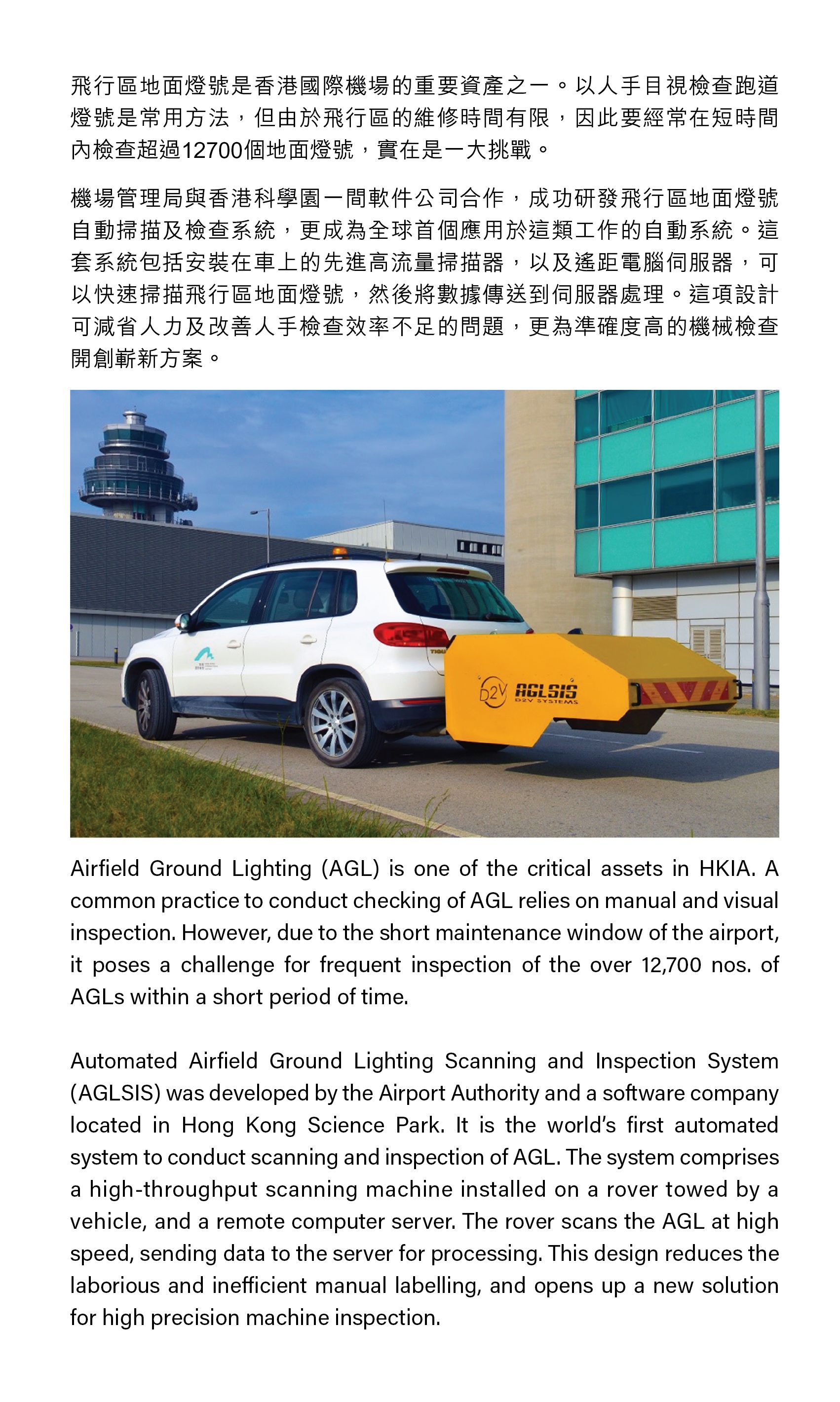
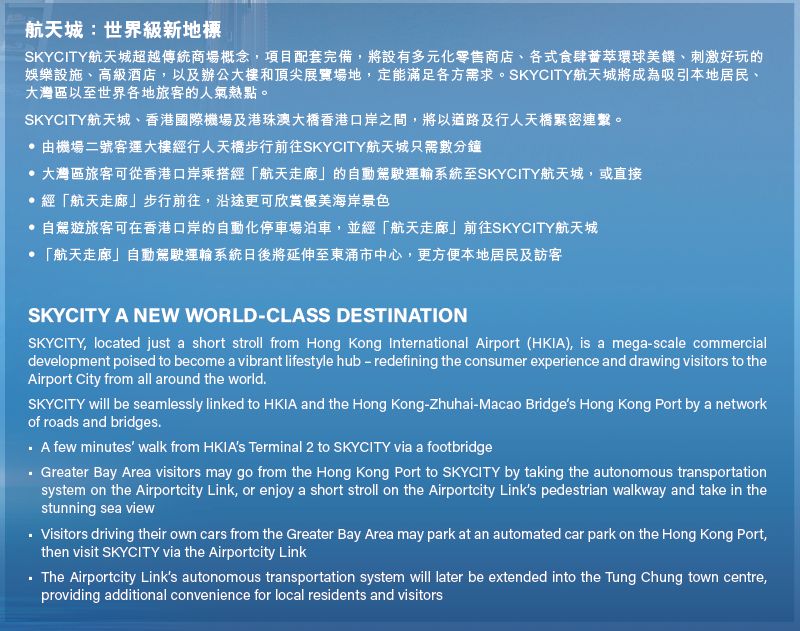
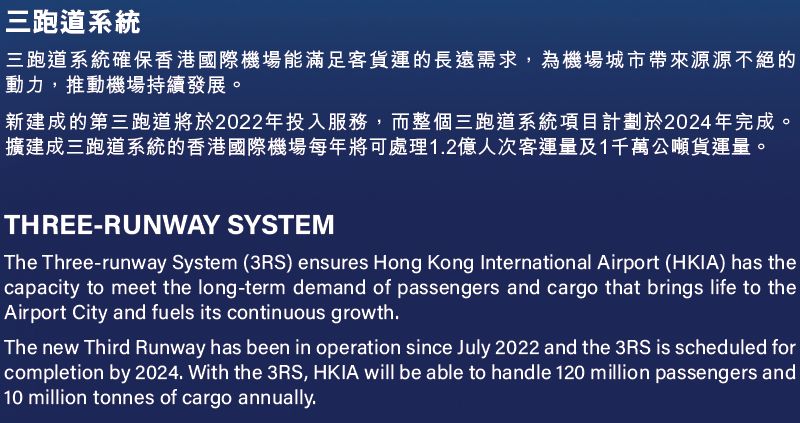
Only Chinese version is available for this video. Please click “Continue” for the Chinese version.
Continue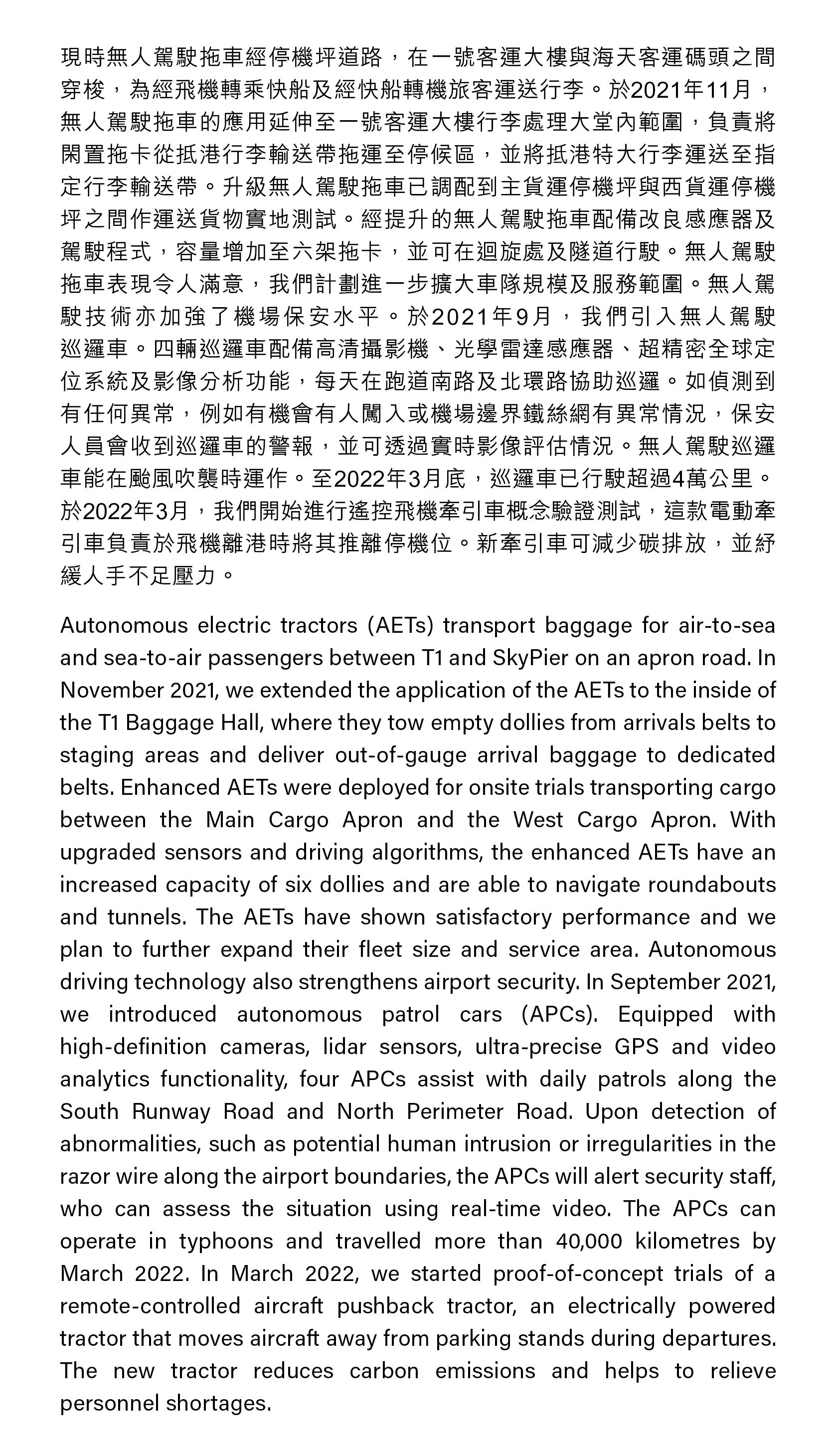
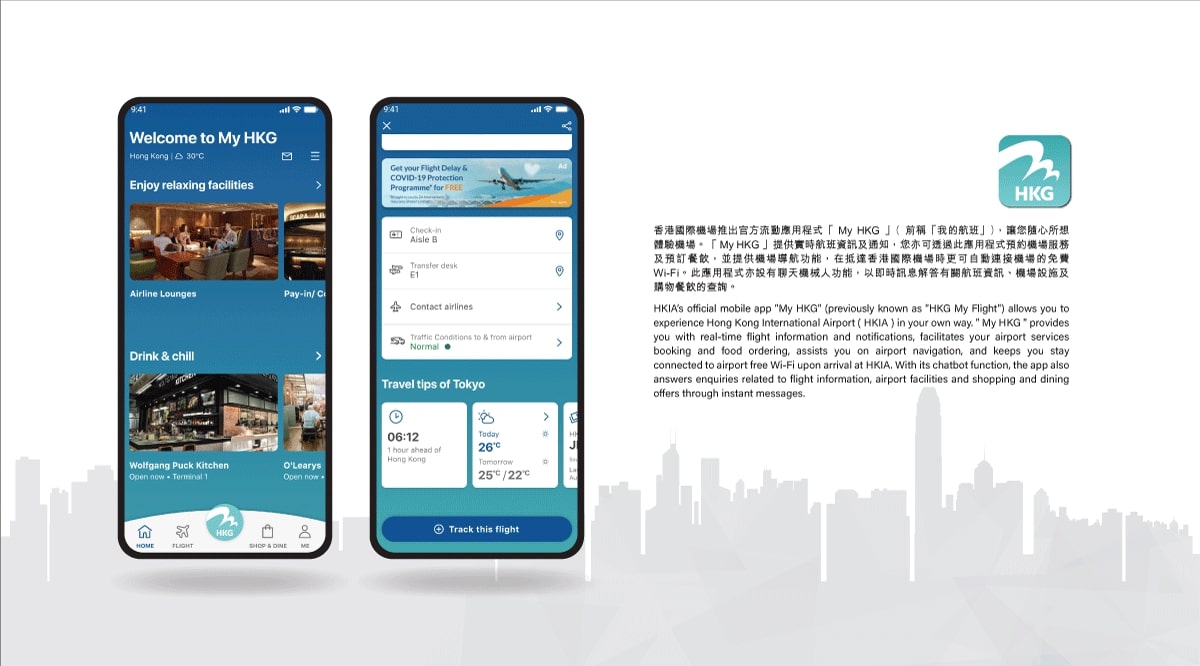
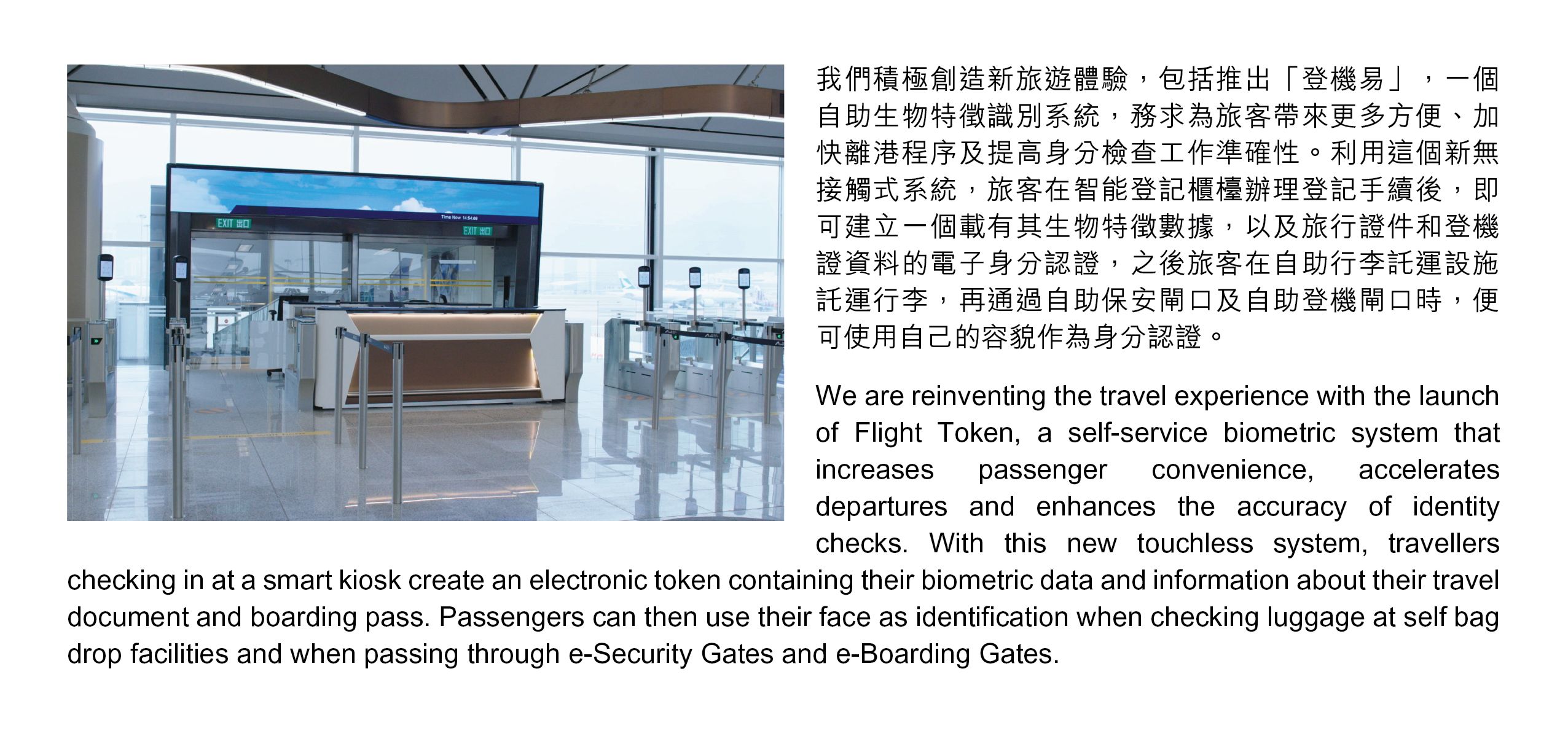
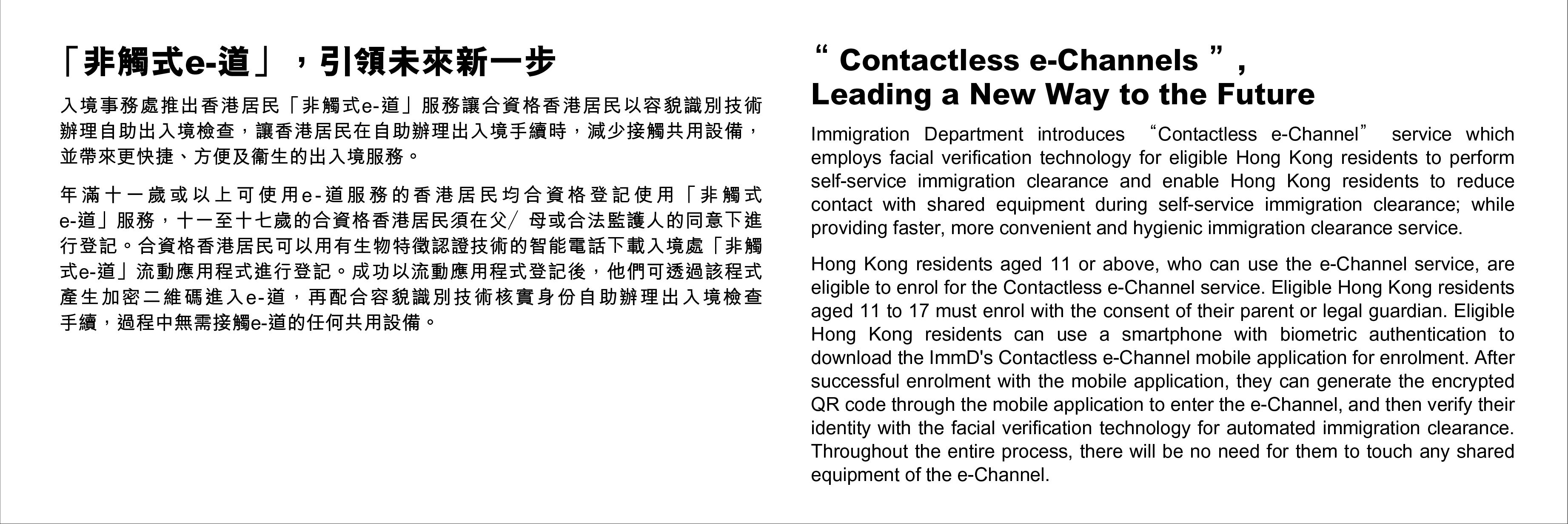
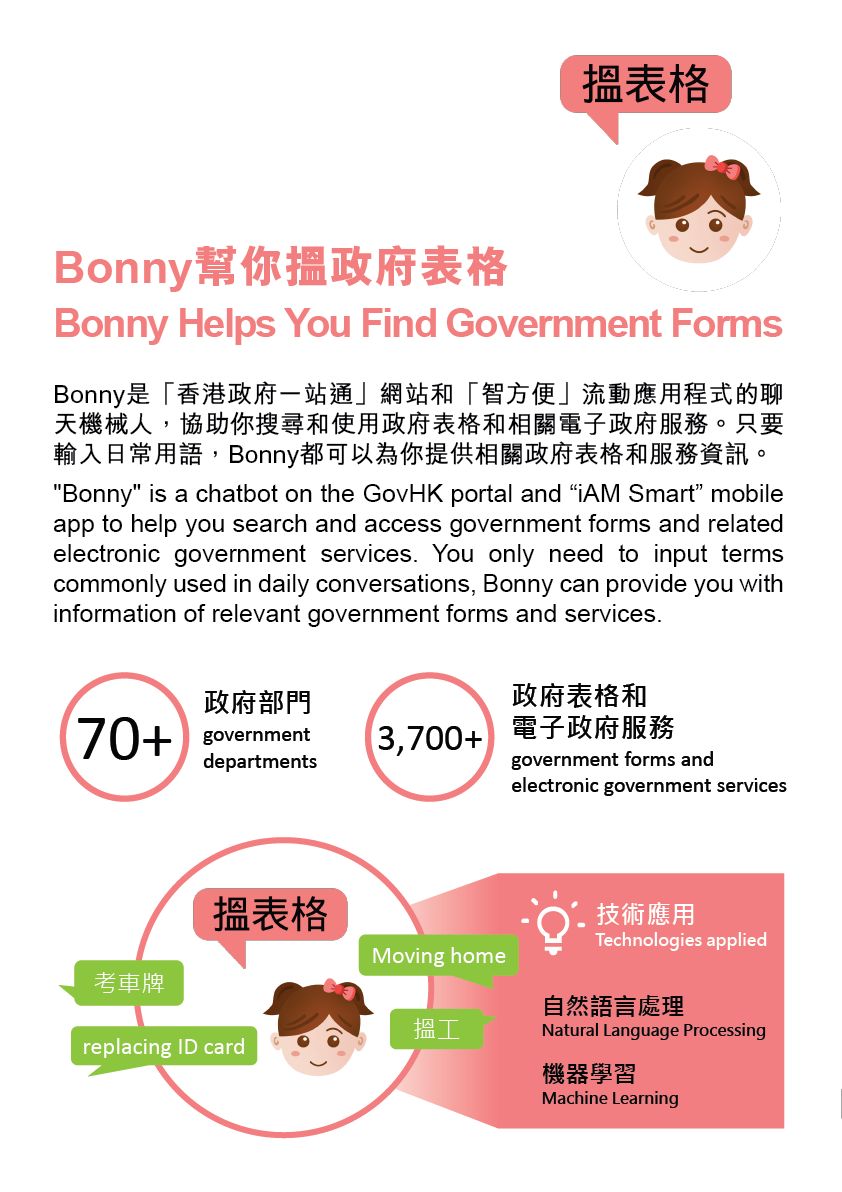
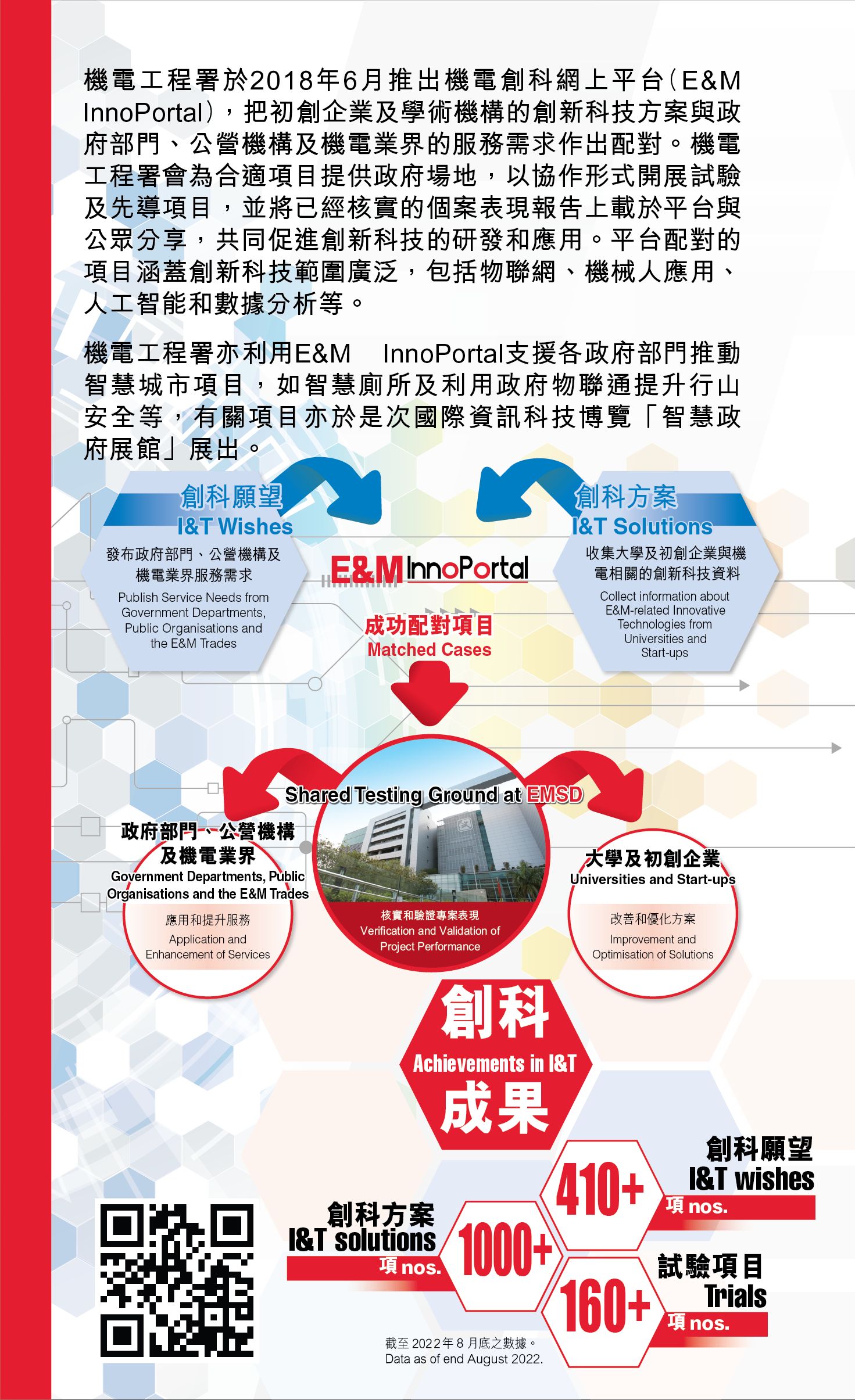

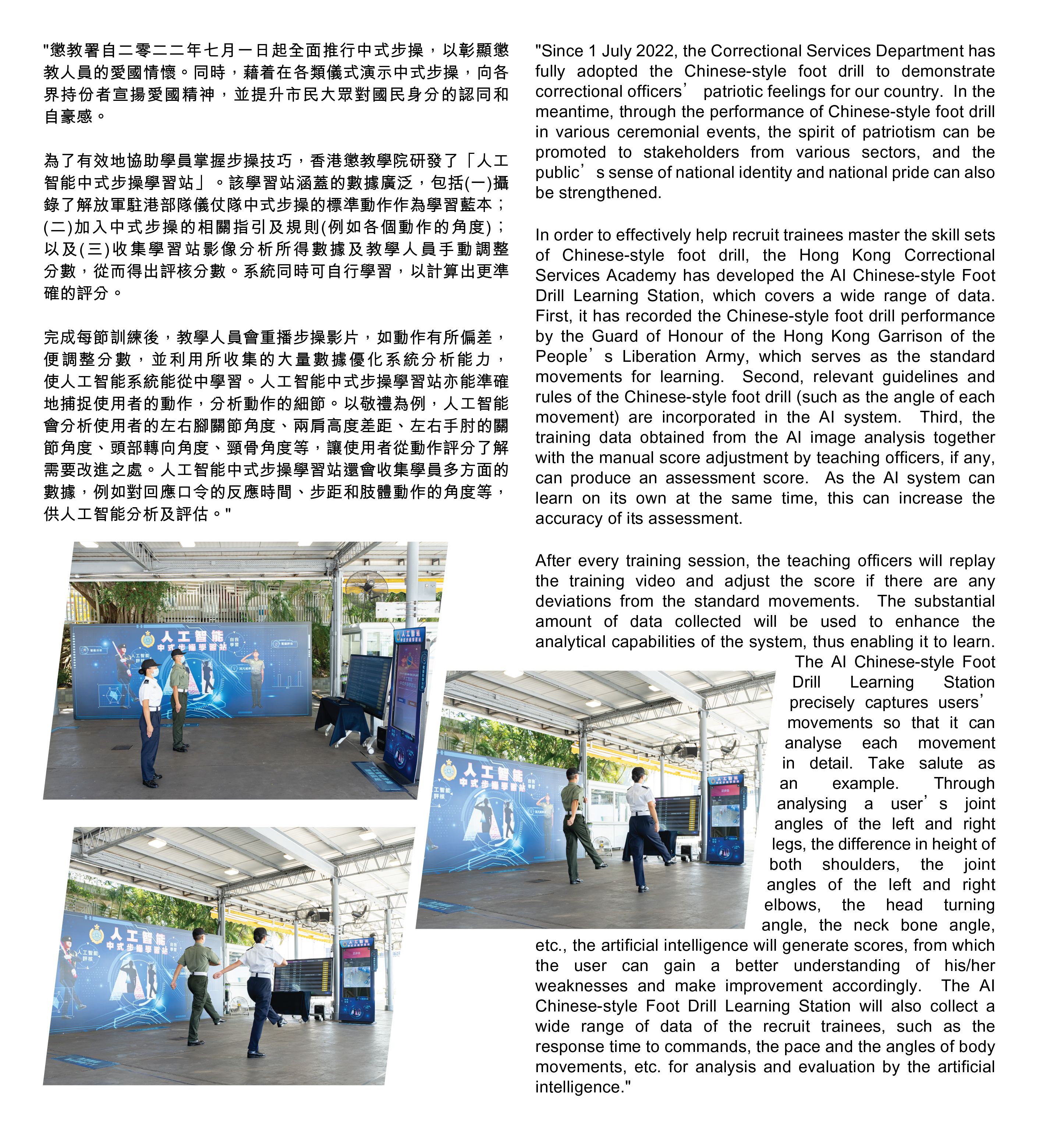
Only Chinese version is available for this video. Please click “Continue” for the Chinese version.
Continue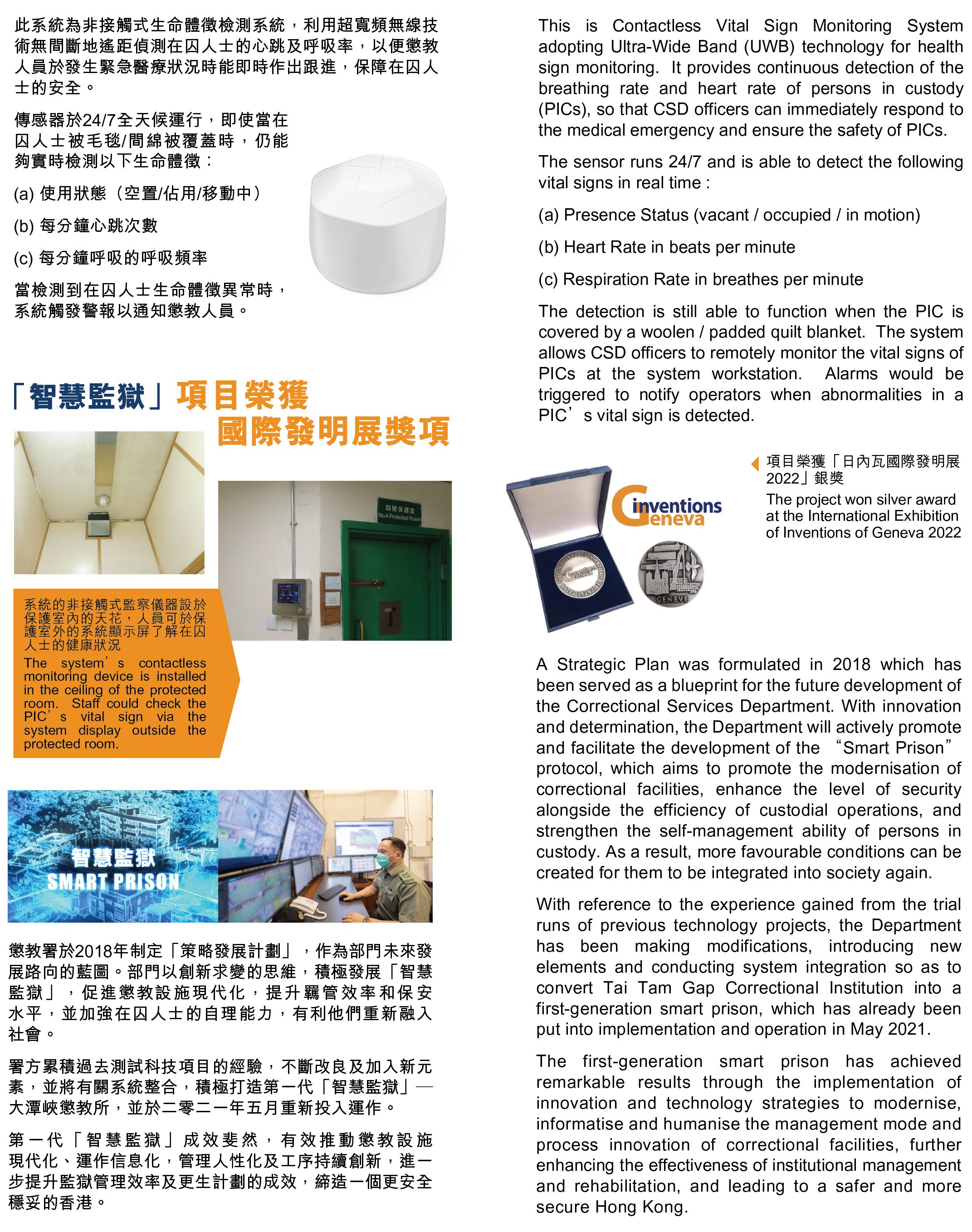
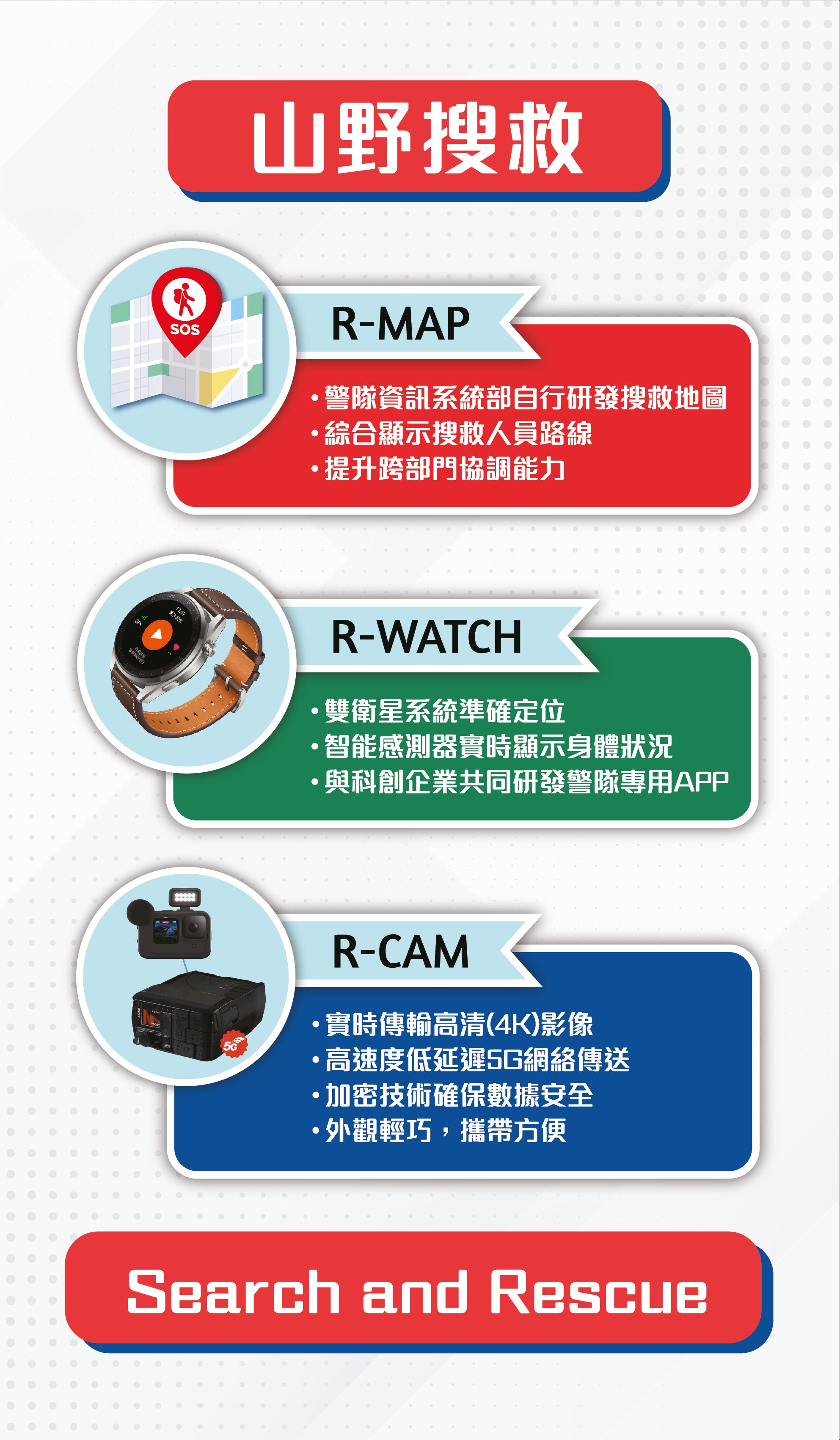

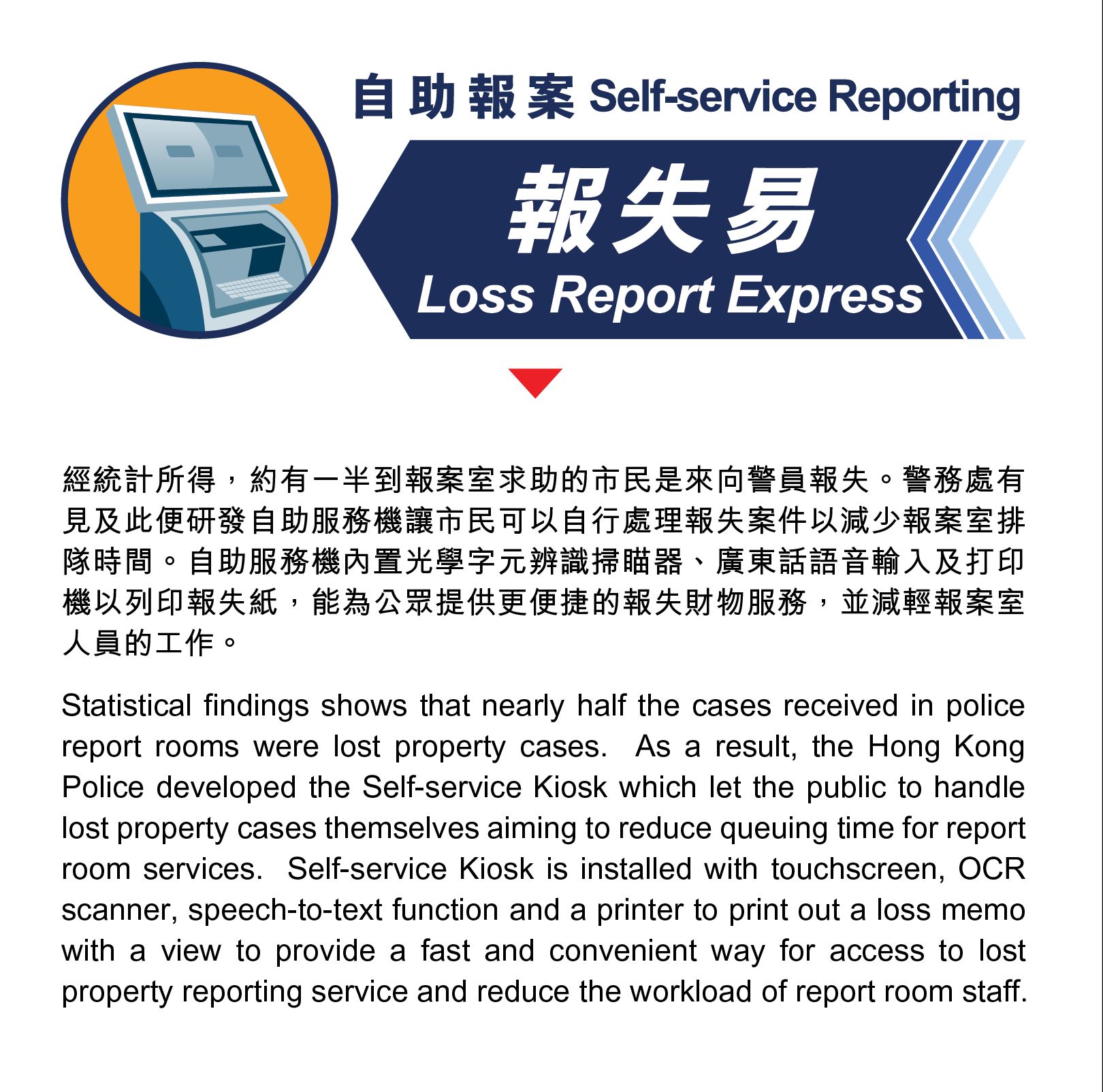
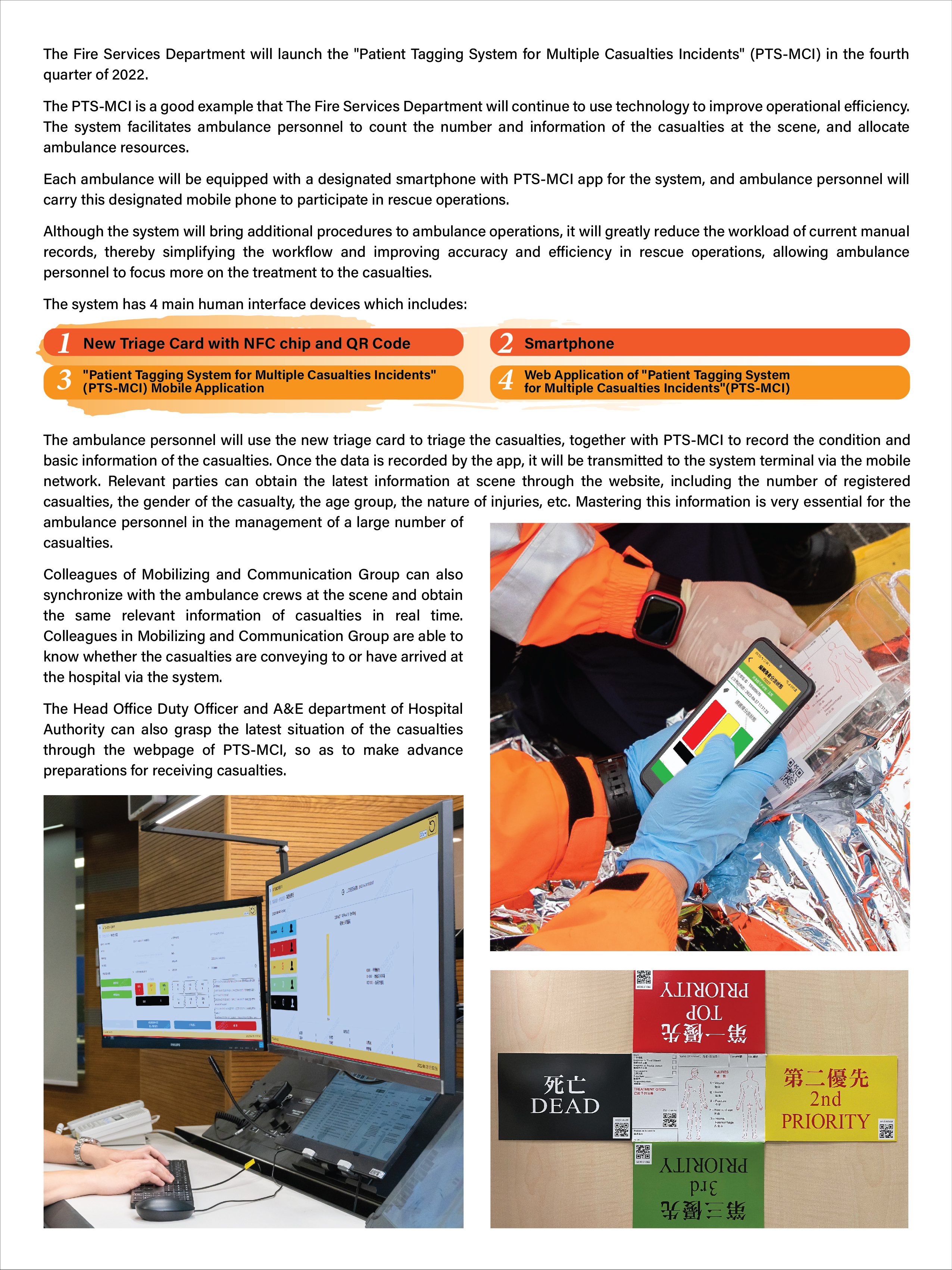
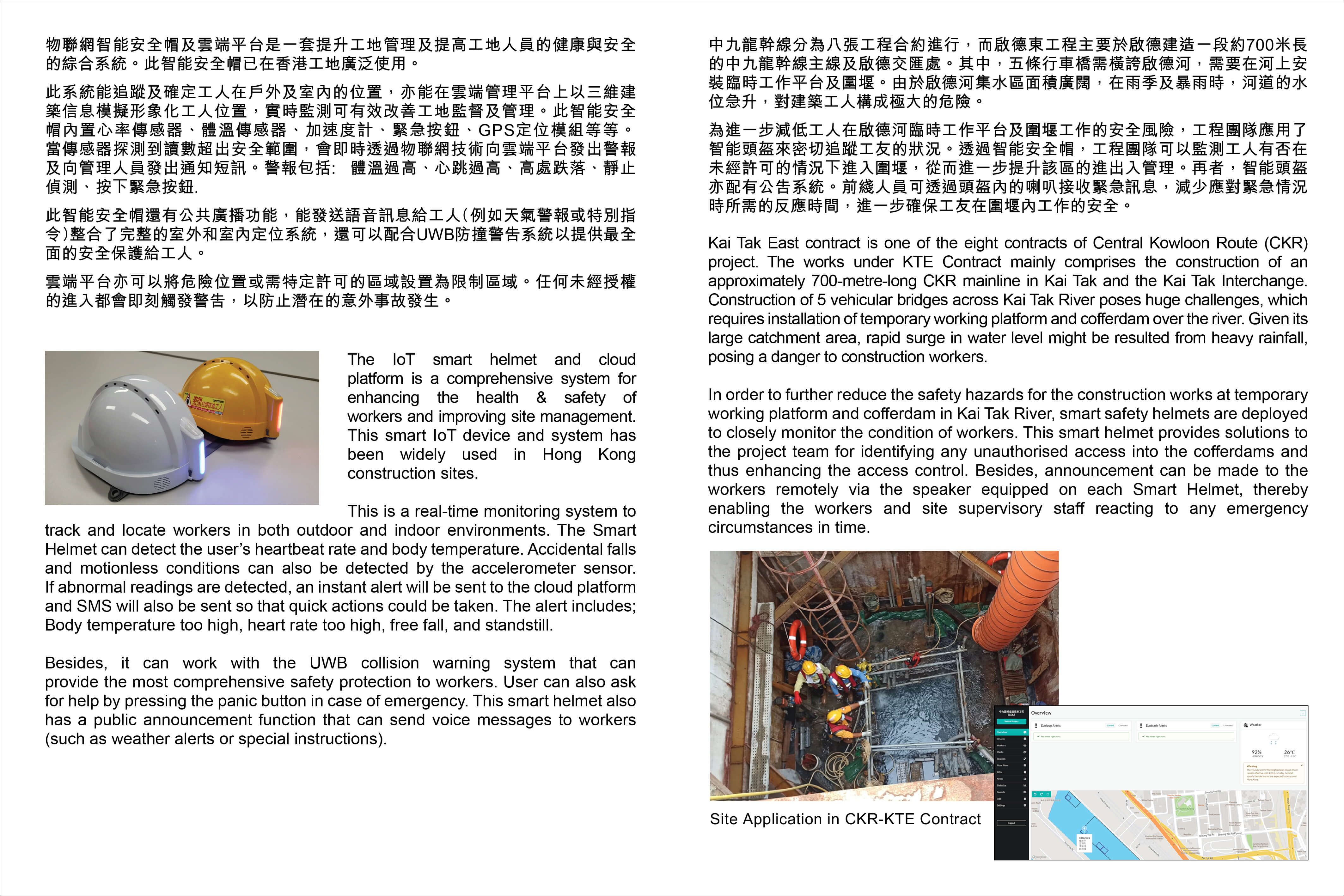
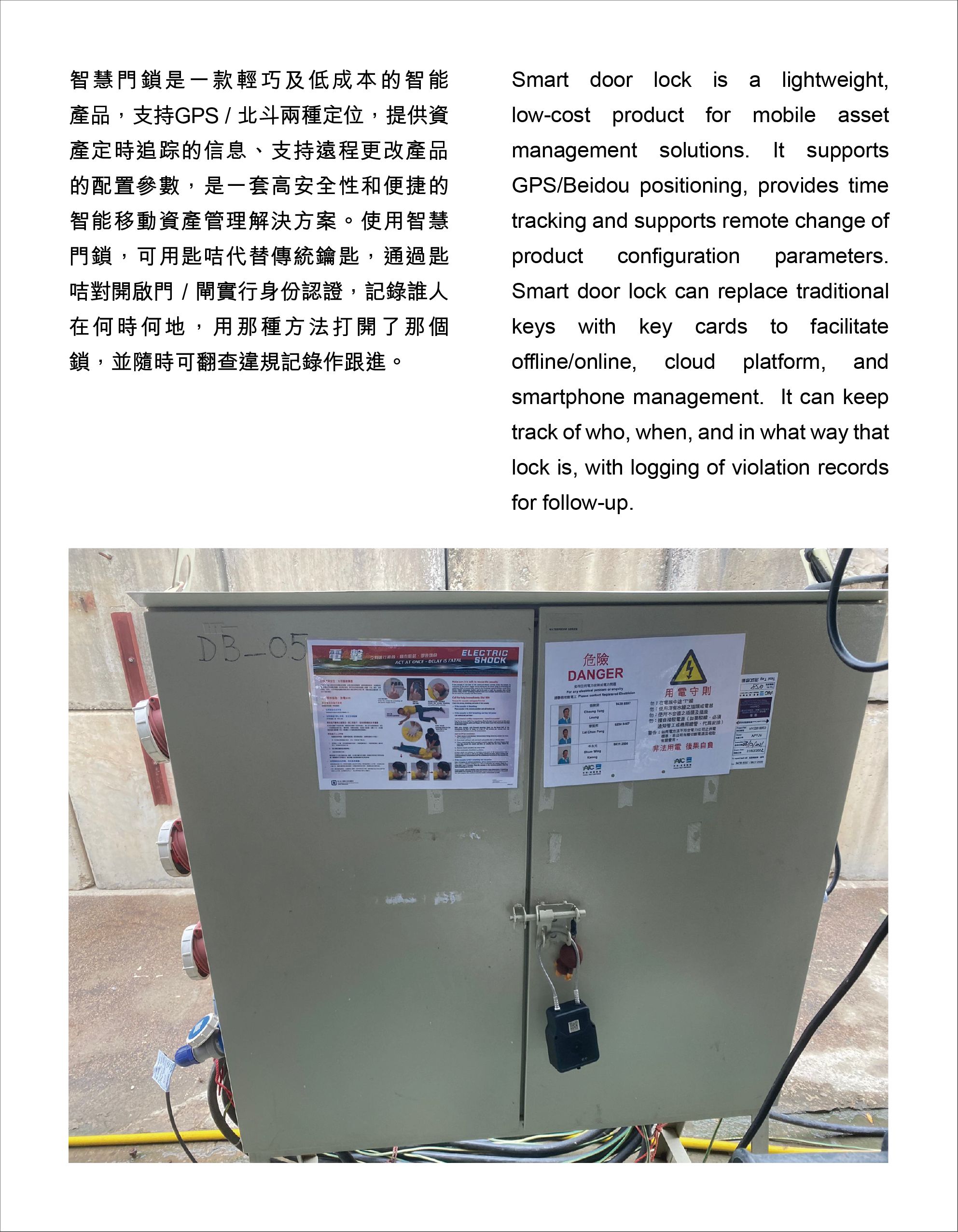
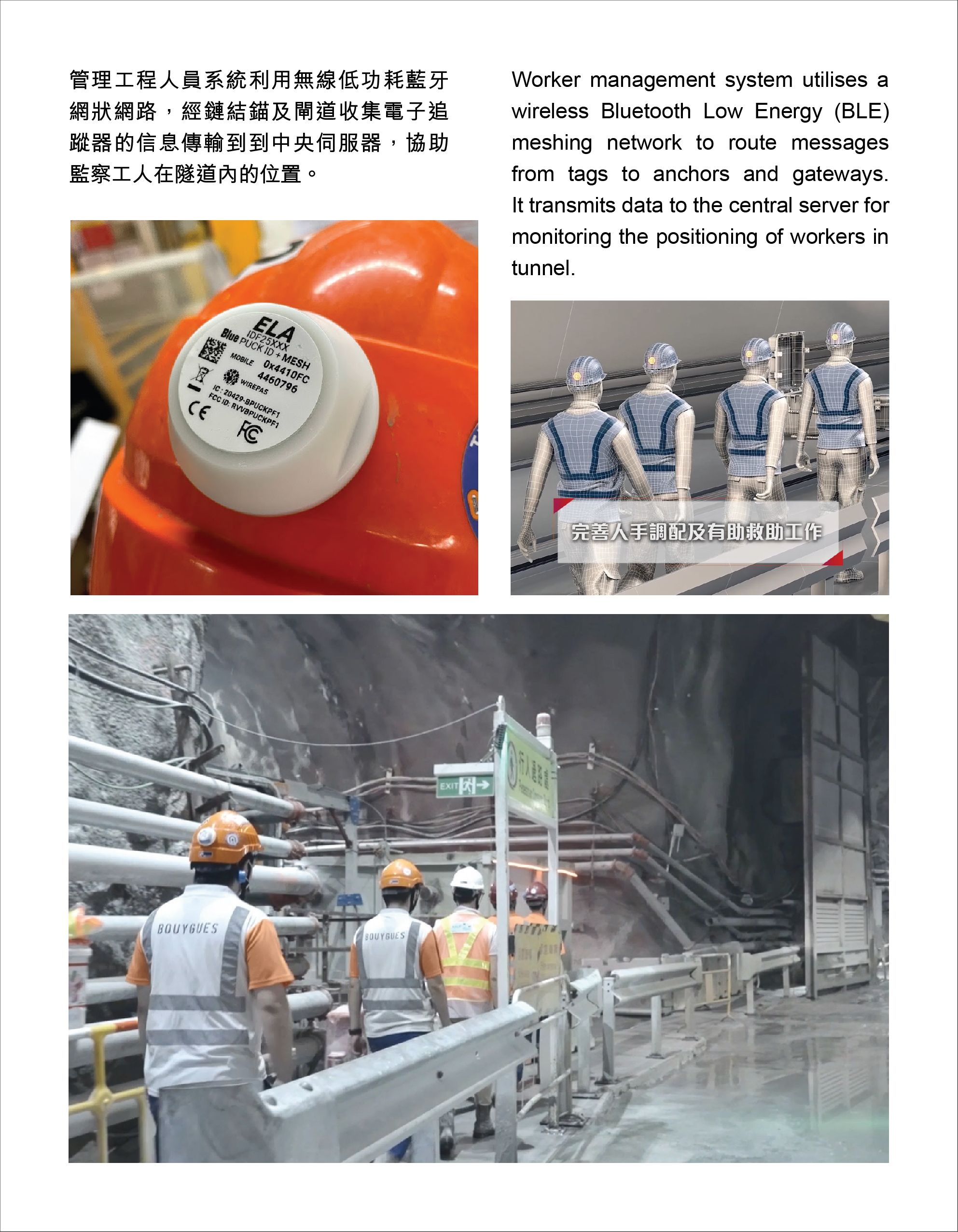
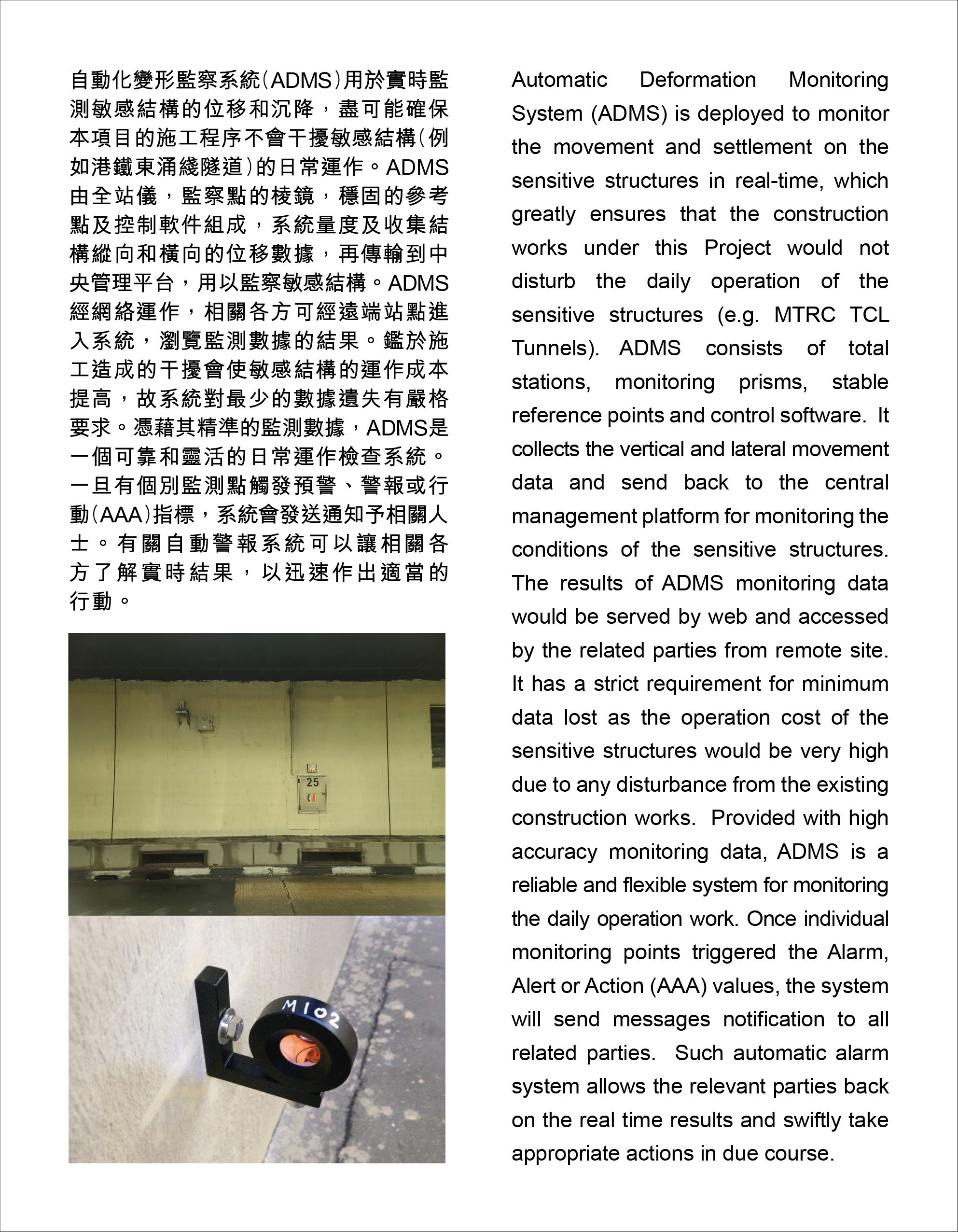
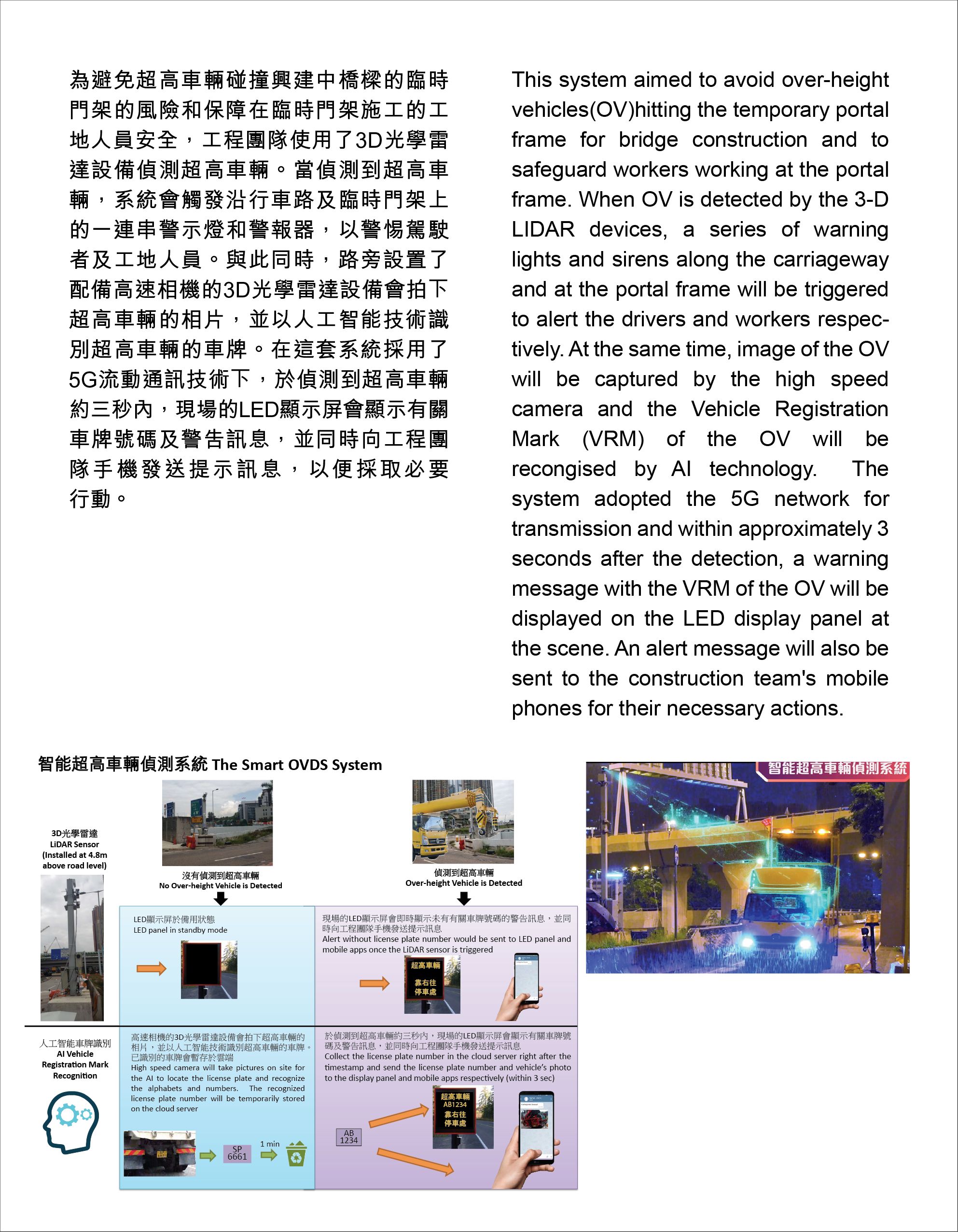
Only Chinese version is available for this video. Please click “Continue” for the Chinese version.
Continue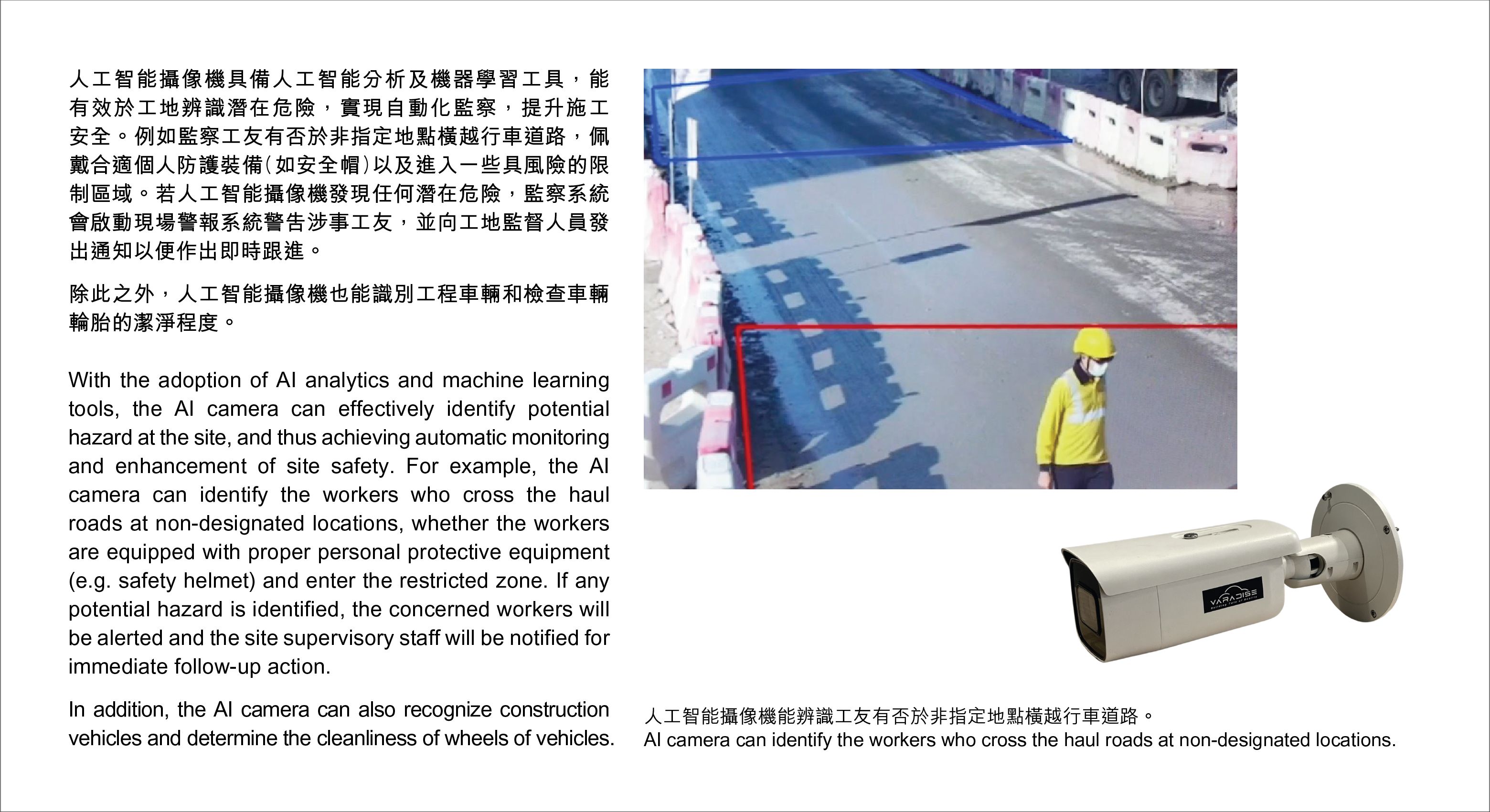
Only Chinese version is available for this video. Please click “Continue” for the Chinese version.
Continue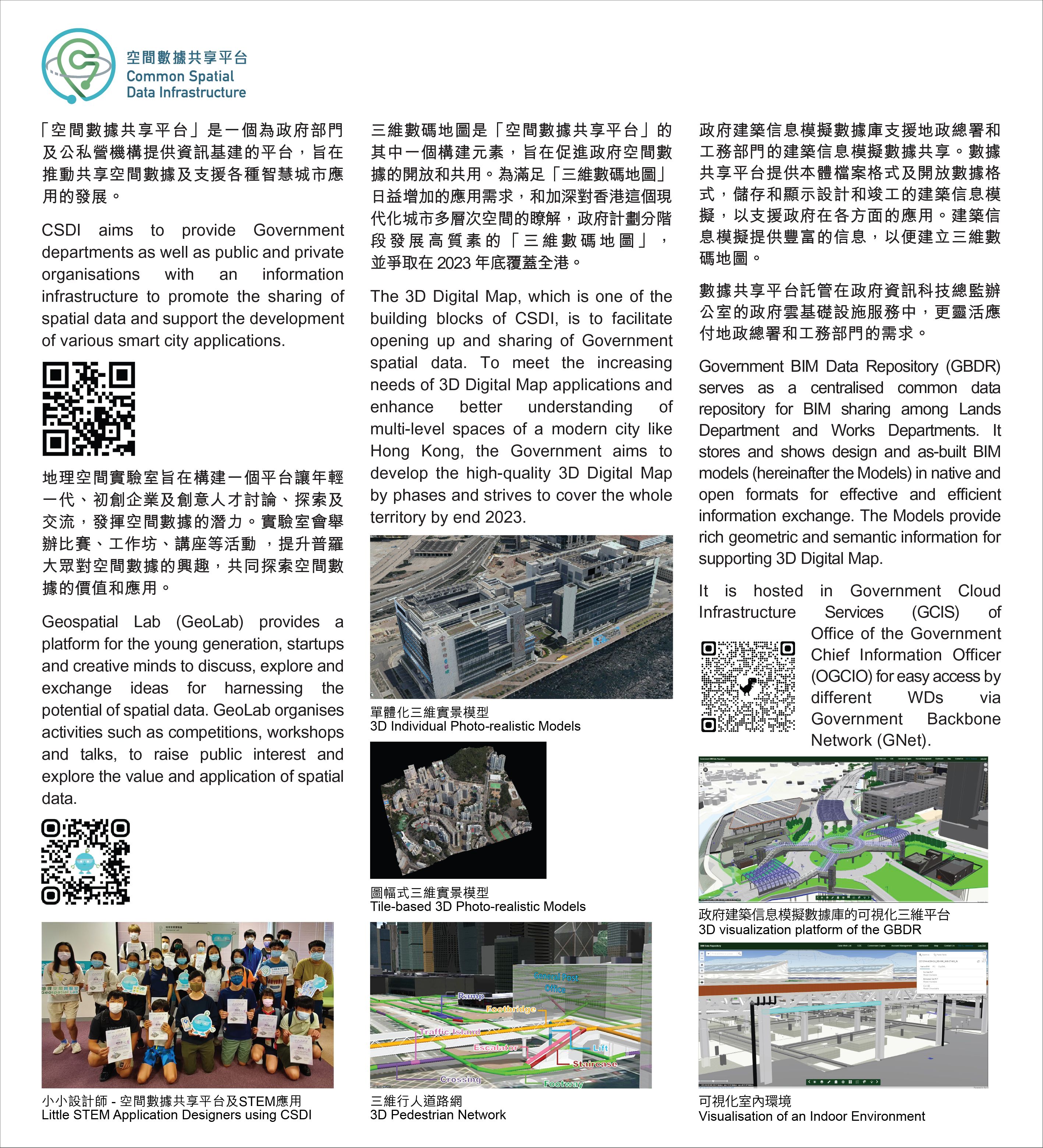
Only Chinese version is available for this video. Please click “Continue” for the Chinese version.
ContinueOnly Chinese version is available for this video. Please click “Continue” for the Chinese version.
Continue





















